What is a Digitally Printed Label?
Last Updated: September 12,2025
In the world of promotional products, a digitally printed label is a type of decoration method where your logo, artwork, or design is printed onto an adhesive label using digital technology. It is then applied to the product’s surface (often by hand). It’s often used when full-colour branding is required, especially for intricate logos with gradients, shading, or photographic elements.
Unlike screen printing or pad printing digital labels give you the freedom to reproduce almost any design exactly as it appears on your screen. They’re ideal for smaller quantities, fast turnaround times, or when you need your brand to look sharp and vibrant easily.
What is the Branding Process?
The process starts digitally—your artwork is prepared using graphic design software, ensuring it’s high-resolution and suitable for print. Then, a digital printer uses CMYK (cyan, magenta, yellow, and black) inks to reproduce your design onto a unique adhesive label, often made of vinyl or polyester.
Once printed, the label is cut to the correct shape (usually a square, rectangle, or custom die-cut) and carefully applied to the promotional product. The end result is a smooth, durable finish that looks polished and professional. Because the entire process is handled digitally, there’s no need for printing plates or colour separations. This eliminates the need for printing setups.
Advantages
One of the biggest benefits of digitally printed labels is full-colour capability. If your logo includes gradients, photos, or fine lines, digital printing captures all that detail.
It’s also ideal for shorter production runs, as it doesn’t require extensive setup. That means faster lead times and lower costs for smaller quantities—perfect if you’re doing a targeted campaign or event-specific promotion.
Digital labels are also versatile. They adhere well to many most flat clean surfaces including plastic, glass, cardboard, and metal. This makes them a go-to option when the product material is not suitable for holding onto ink.
Disadvantages
While digitally printed labels offer plenty of visual appeal, they do have some limitations. First, because they’re adhesive-based, they’re not as long-lasting as direct print methods like screen printing or engraving. Afterall it is a sticker and will peal off over time. Over time a digitally printed label will peel off. Extreme cold, heat, water, or regular friction will deteriorate stickers fast.
There’s also the question of texture. Since the label sits on top of the product rather than being printed directly, it can sometimes feel like a sticker. That’s not a problem for most users, but other branding methods may be better suited if you’re after a more seamless or tactile finish.
Finally, they’re usually not the best choice for massive print runs, as costs per unit can increase compared to methods optimised for bulk printing.
Examples of Promo Merch That Use Digitally Printed Labels
Examples of merchandise that use digitally printed labels to brand logos and event details include:
- promotional lipbalms
- promotional Hand Sanitizers
- Gift or presentation boxes
- Certain Notebooks
- Gift Box corporate gift sets
- custom branded colouring pencil sets
Digitally printed labels fill an important gap in the promotional branding toolkit. They give you colour accuracy, quick turnaround, and design flexibility that other methods struggle to match. If you’re working with a detailed logo or a fast-moving event campaign, they’re a smart, efficient way to bring your brand to life. Want to know if your promo item is suitable for this branding method? Just ask—we’ll guide you through it.

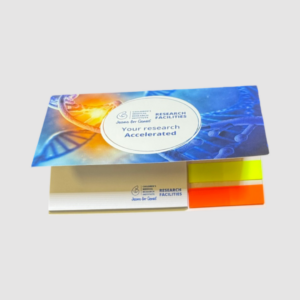

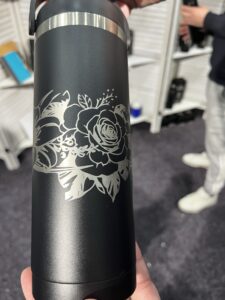




 Sale
Sale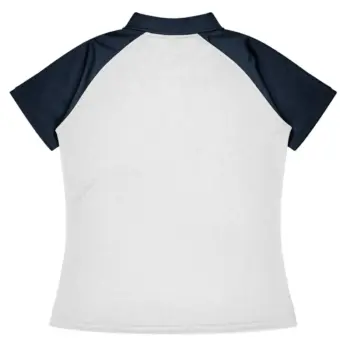



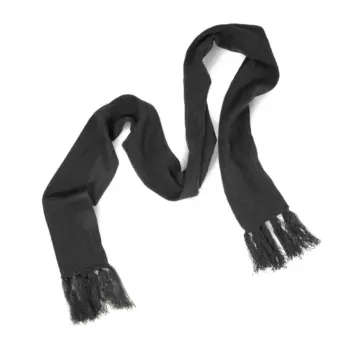
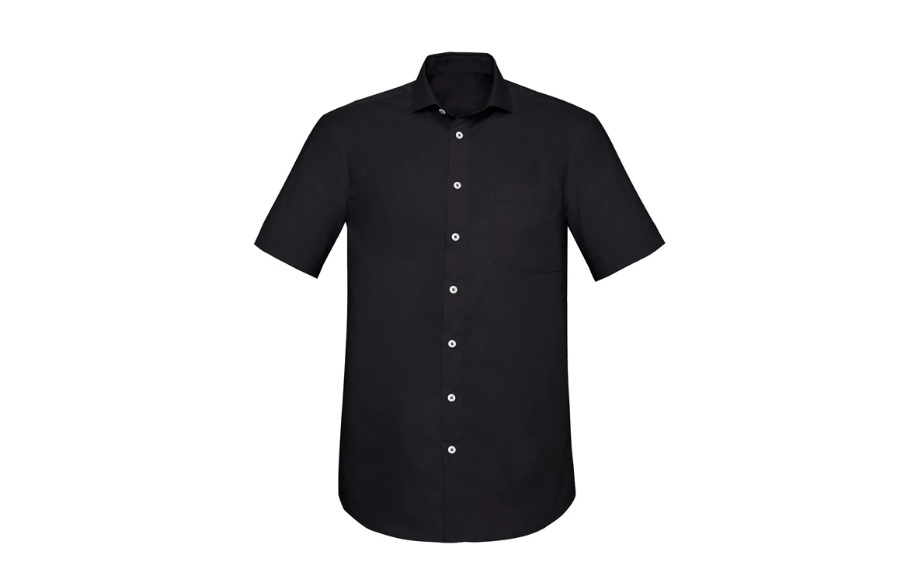 Corporate Uniforms
Corporate Uniforms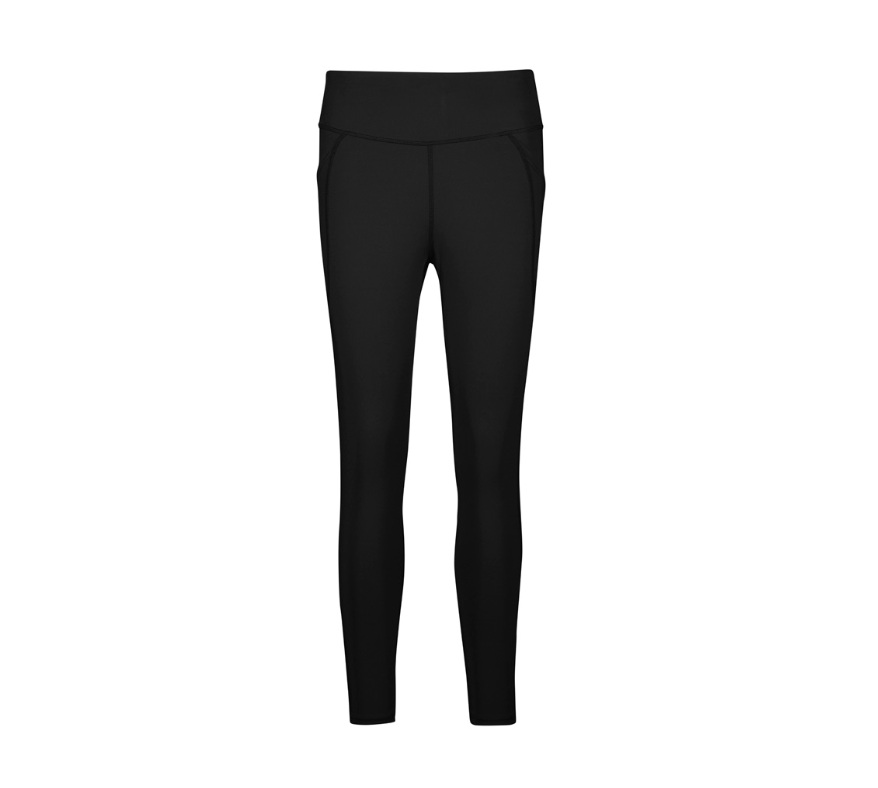 Eco Apparel
Eco Apparel Hoodies & Sweaters
Hoodies & Sweaters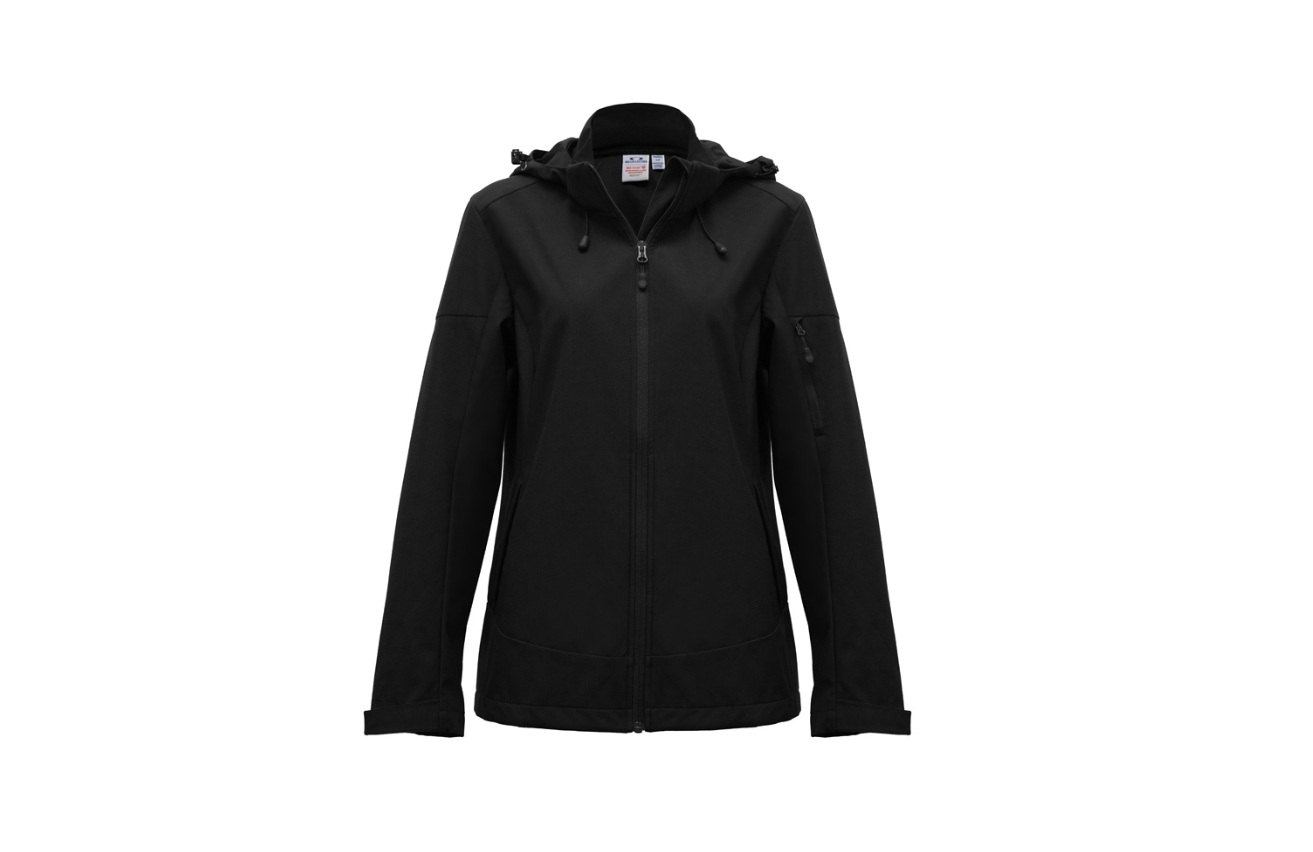 Jackets
Jackets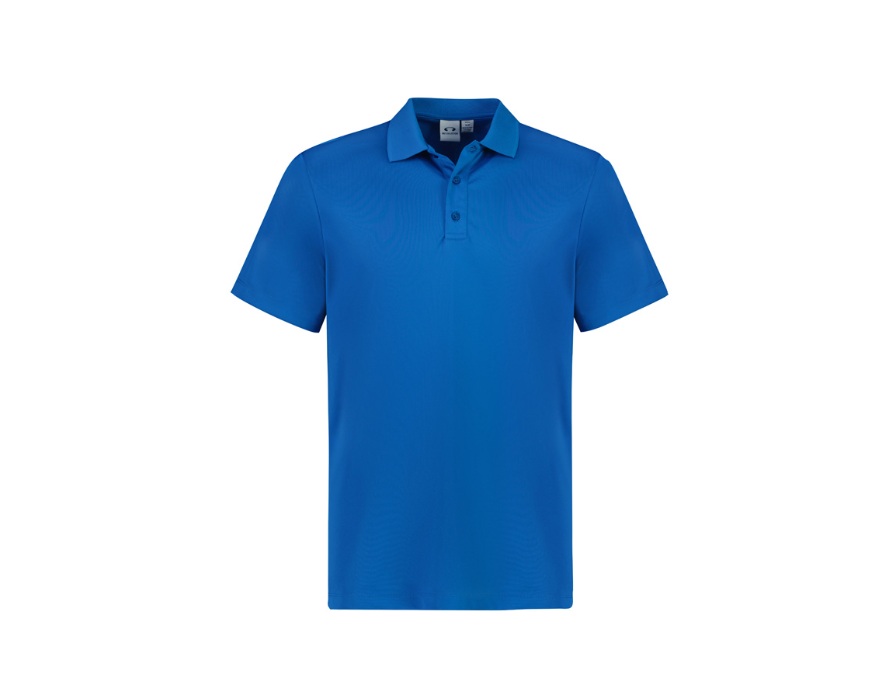 Kids' Clothes
Kids' Clothes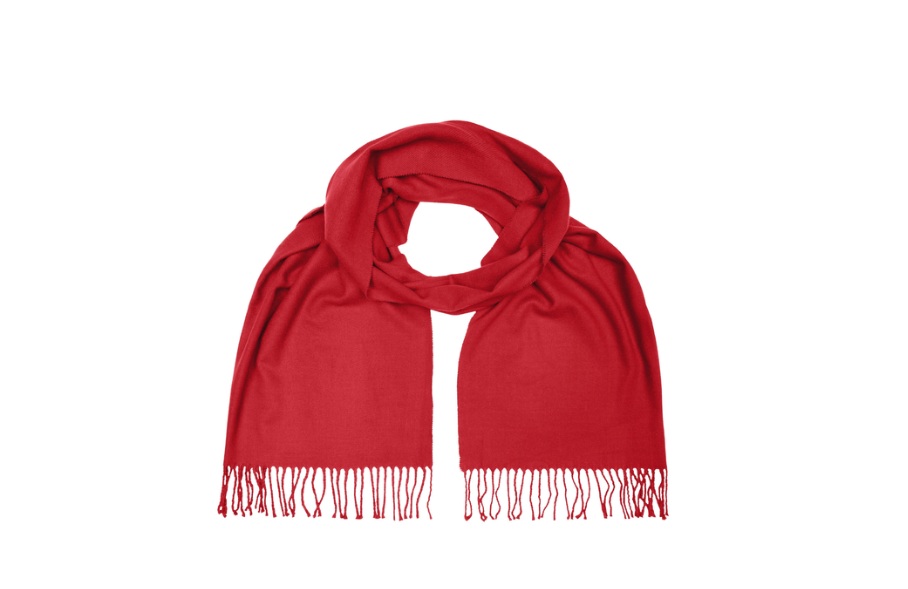 Other Apparel
Other Apparel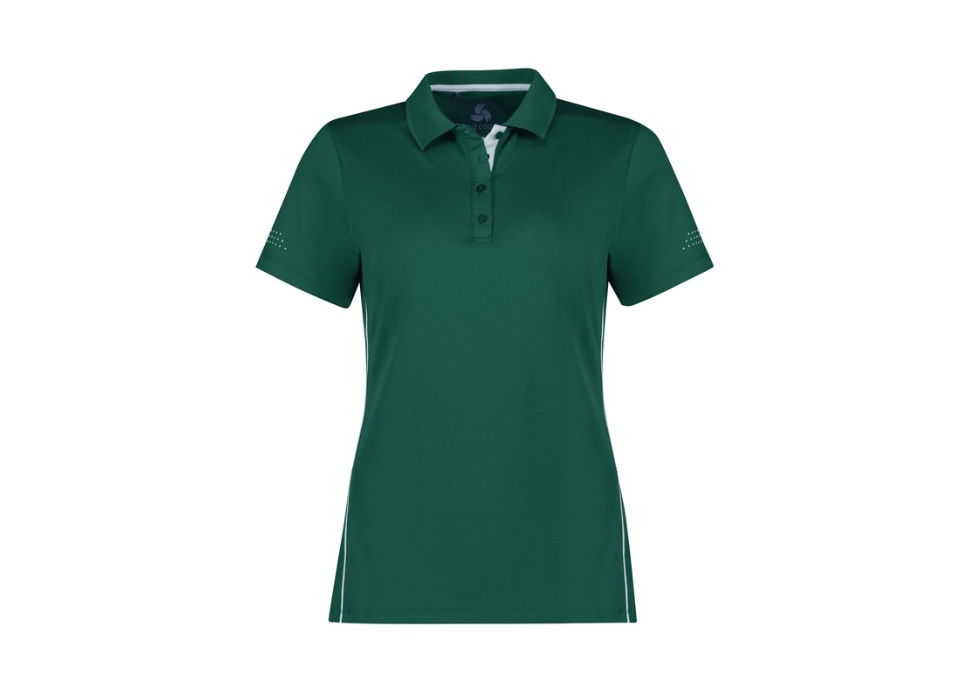 Polo Shirts
Polo Shirts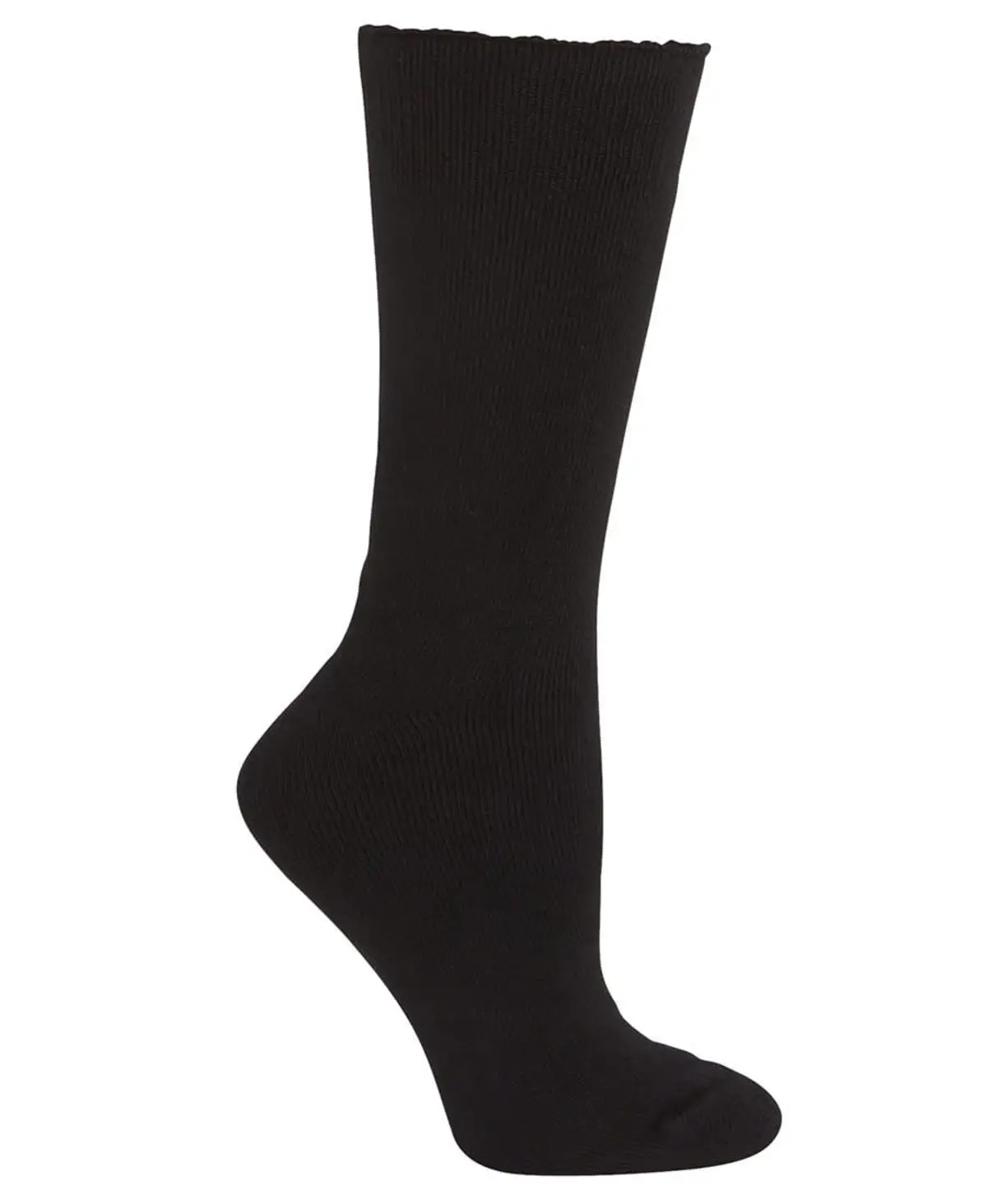 Socks
Socks Shoes
Shoes Sports Bottoms
Sports Bottoms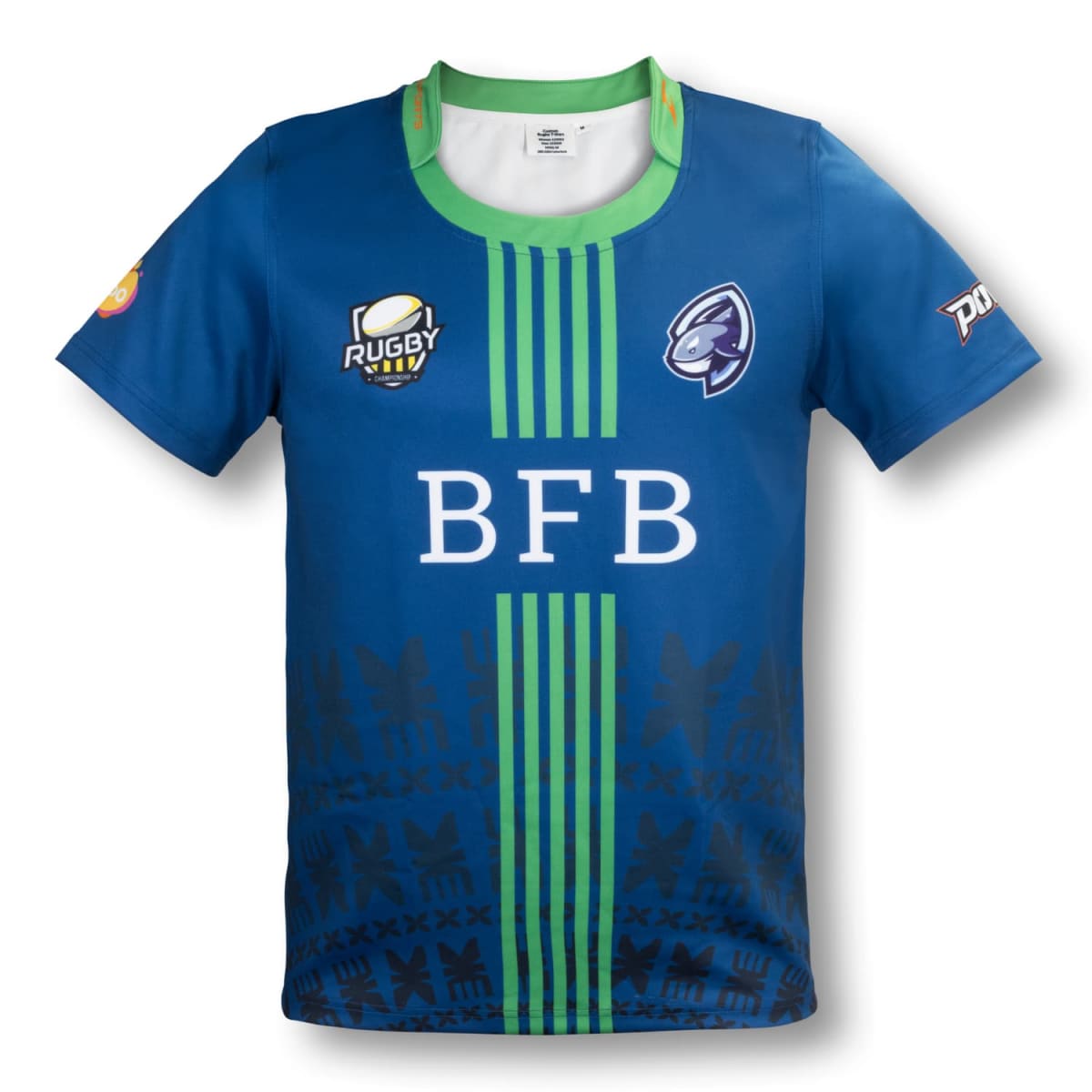 Sports Uniforms
Sports Uniforms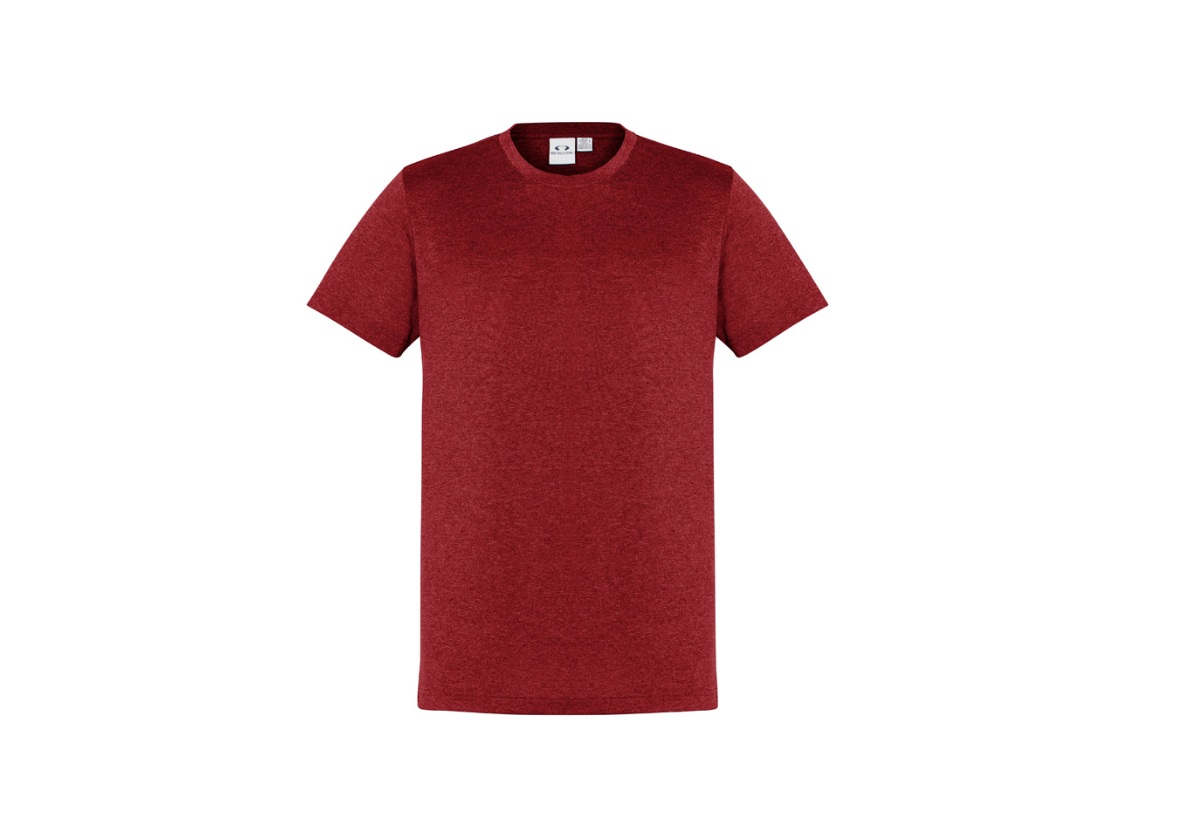 Tee Shirts
Tee Shirts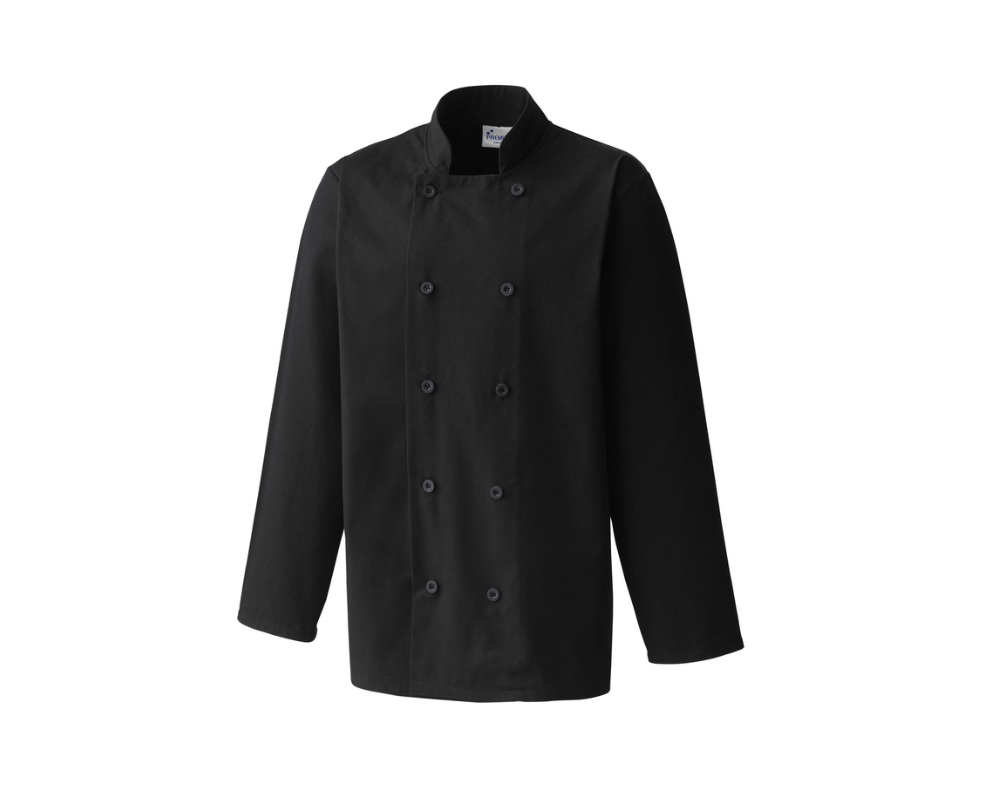 Workwear
Workwear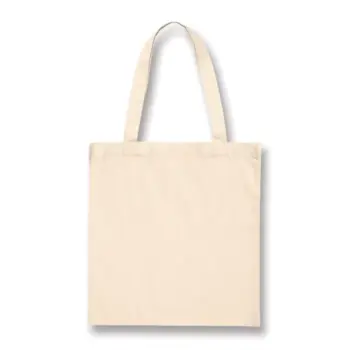
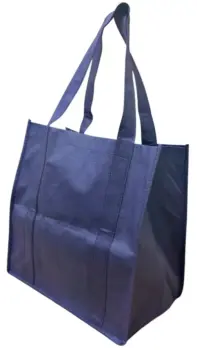
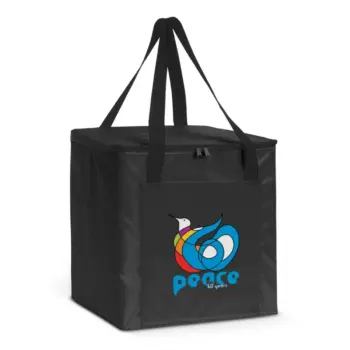
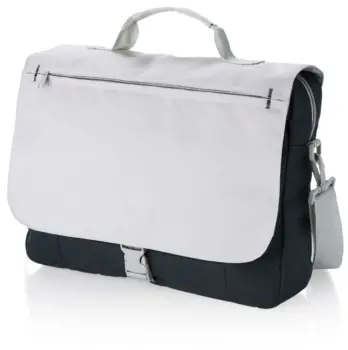
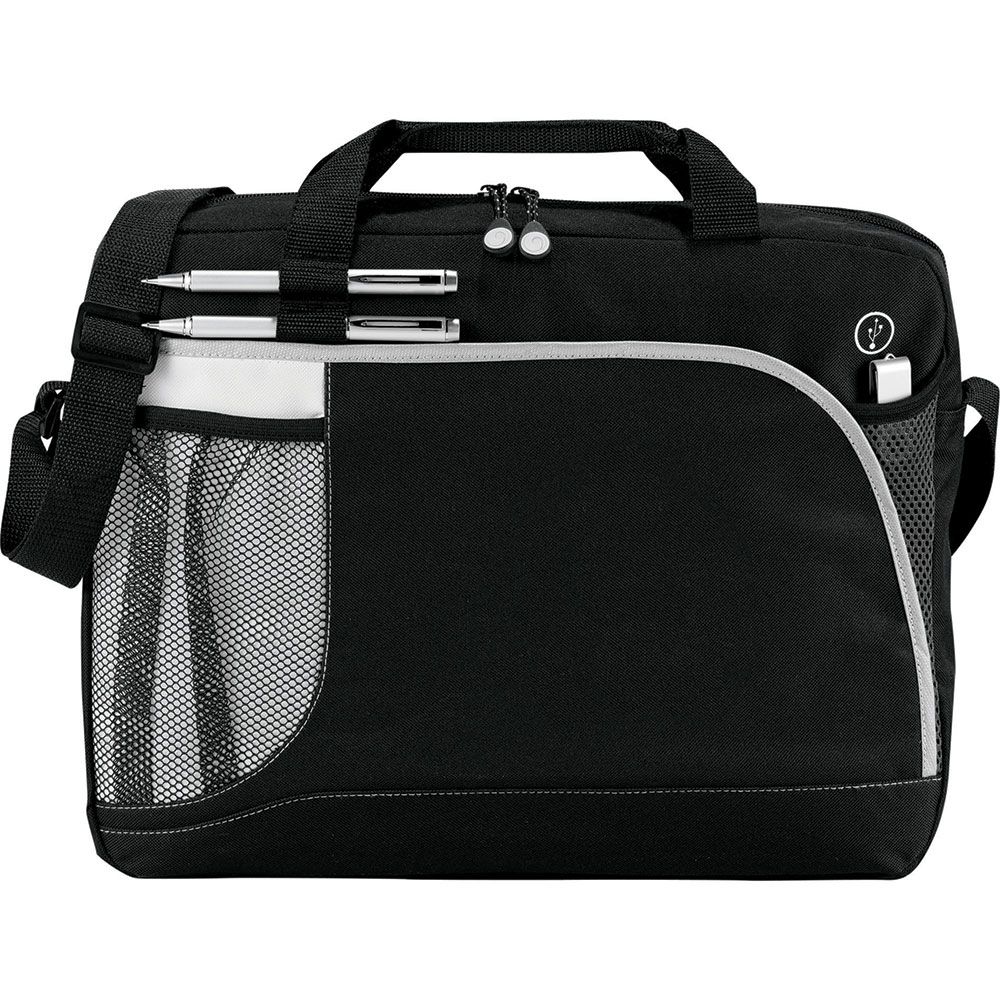 Briefcases
Briefcases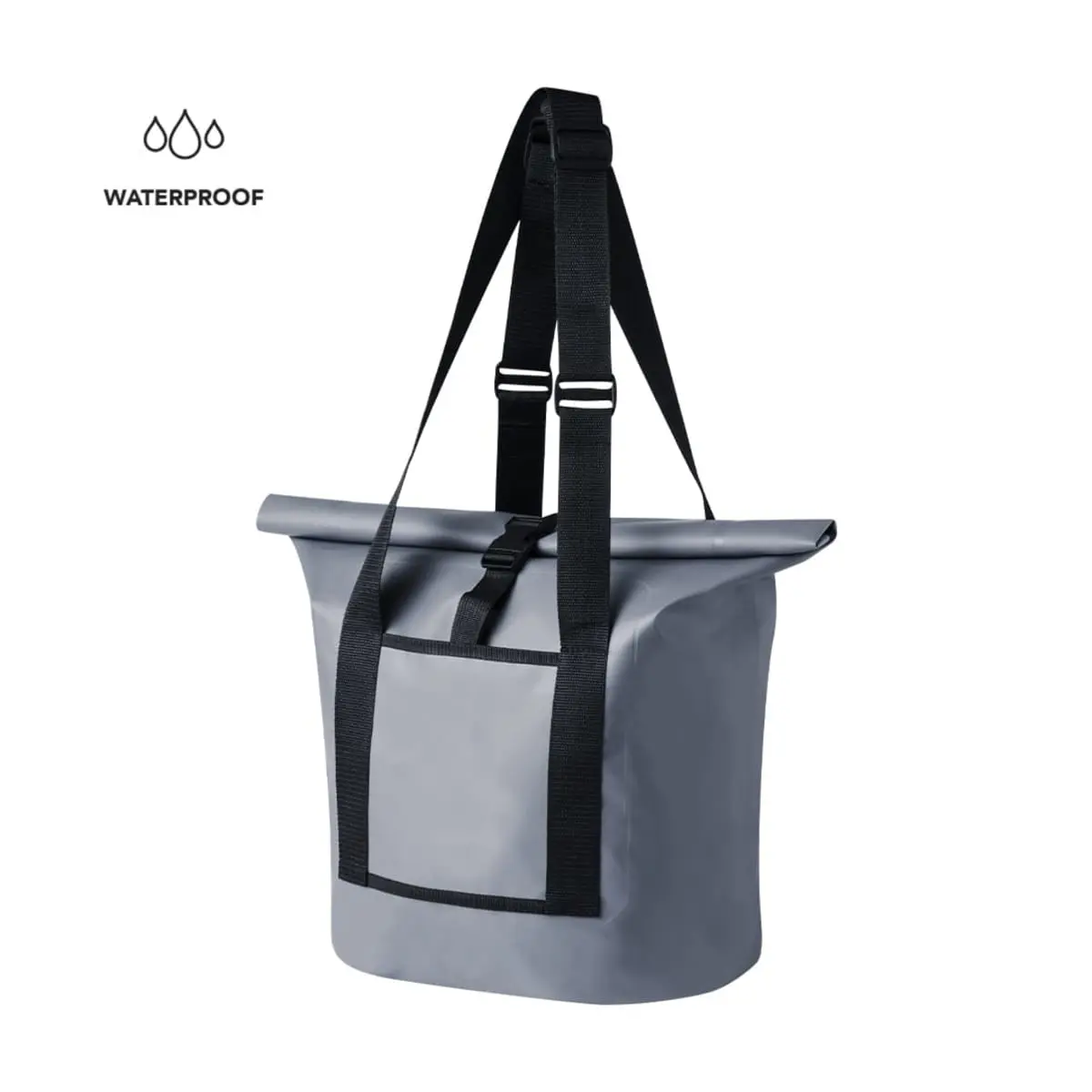 Dry Bags
Dry Bags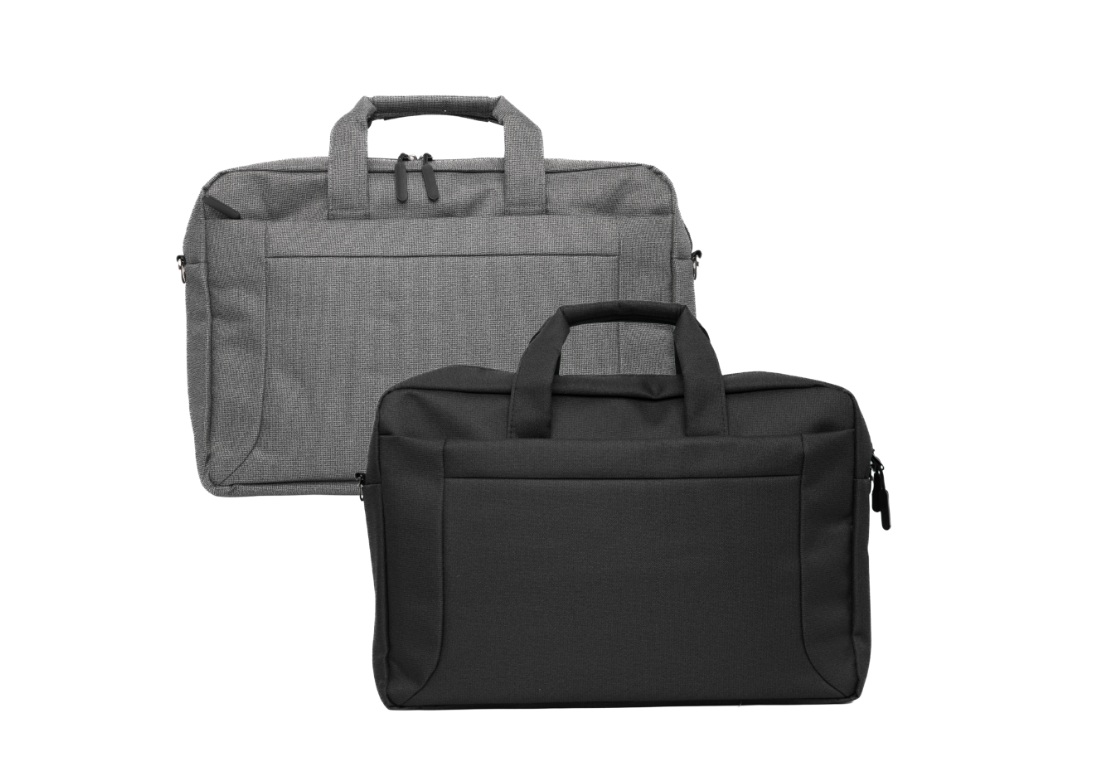 Laptop
Laptop Satchels
Satchels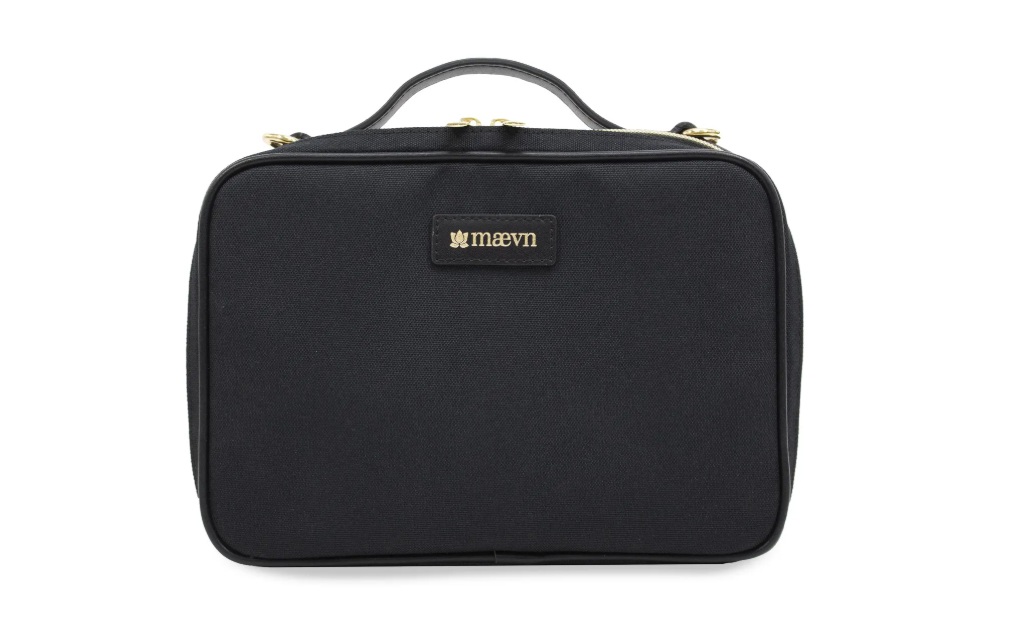 Specialised Bags
Specialised Bags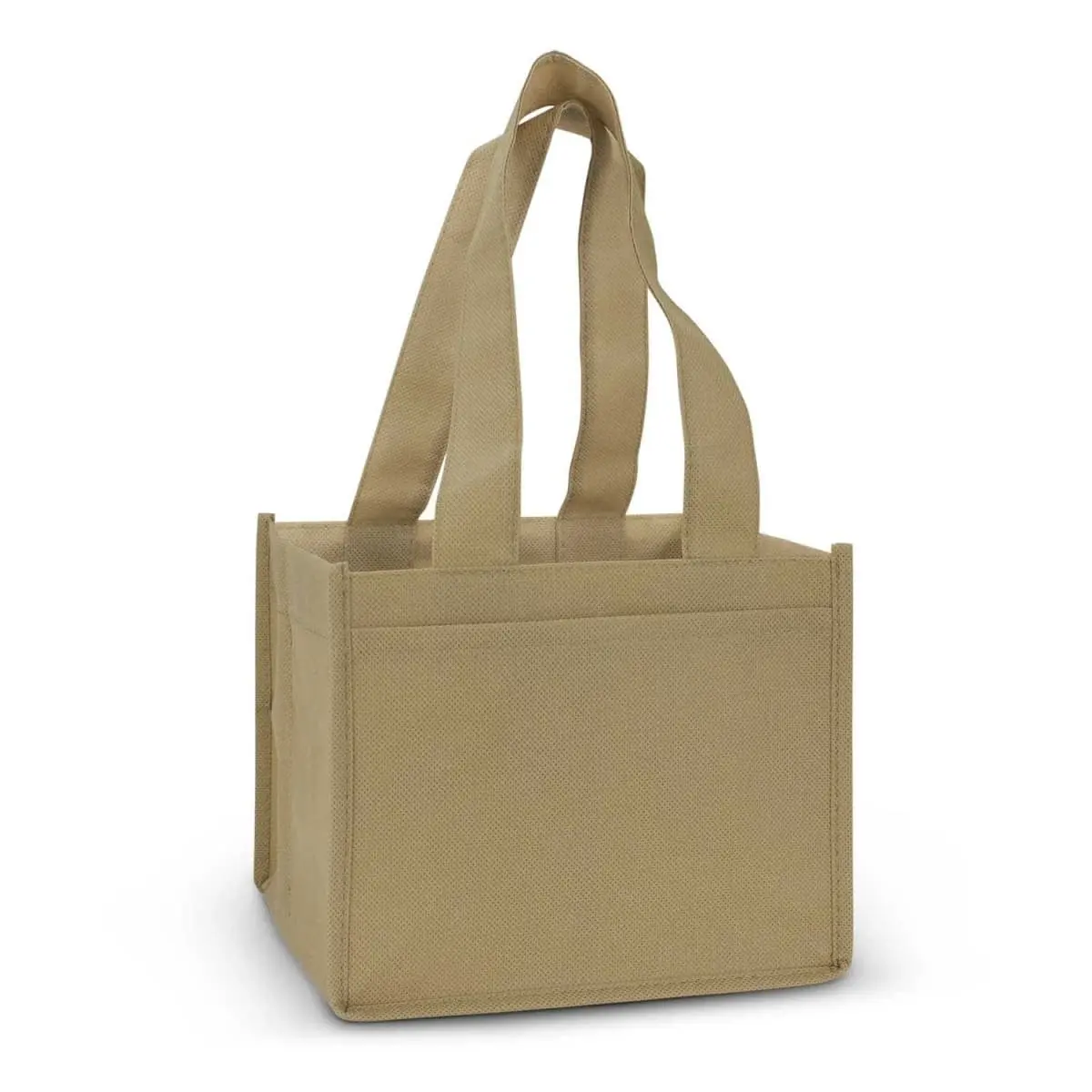 Tote Bags
Tote Bags
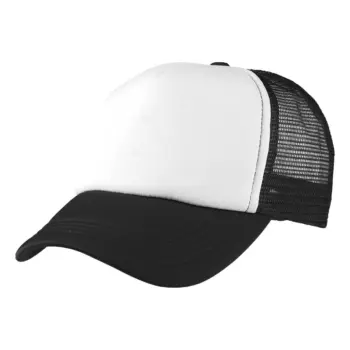

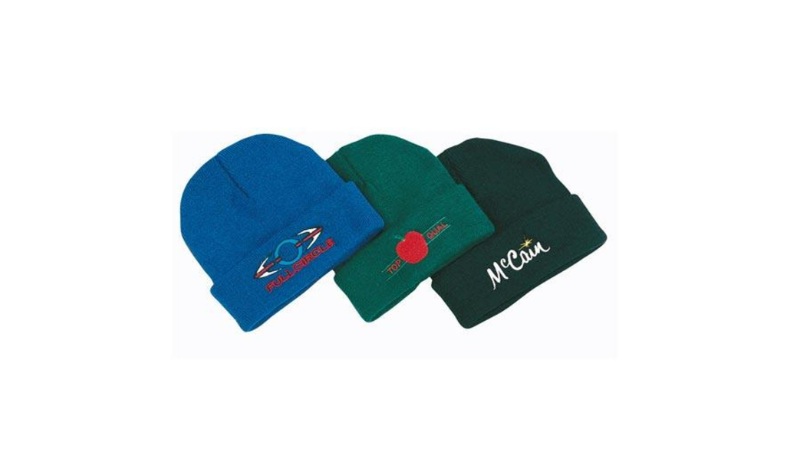 Beanies
Beanies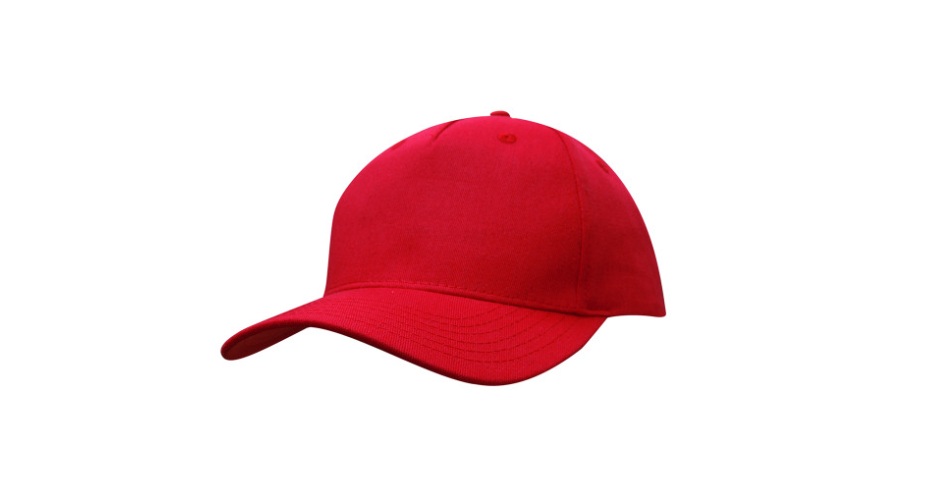 Caps
Caps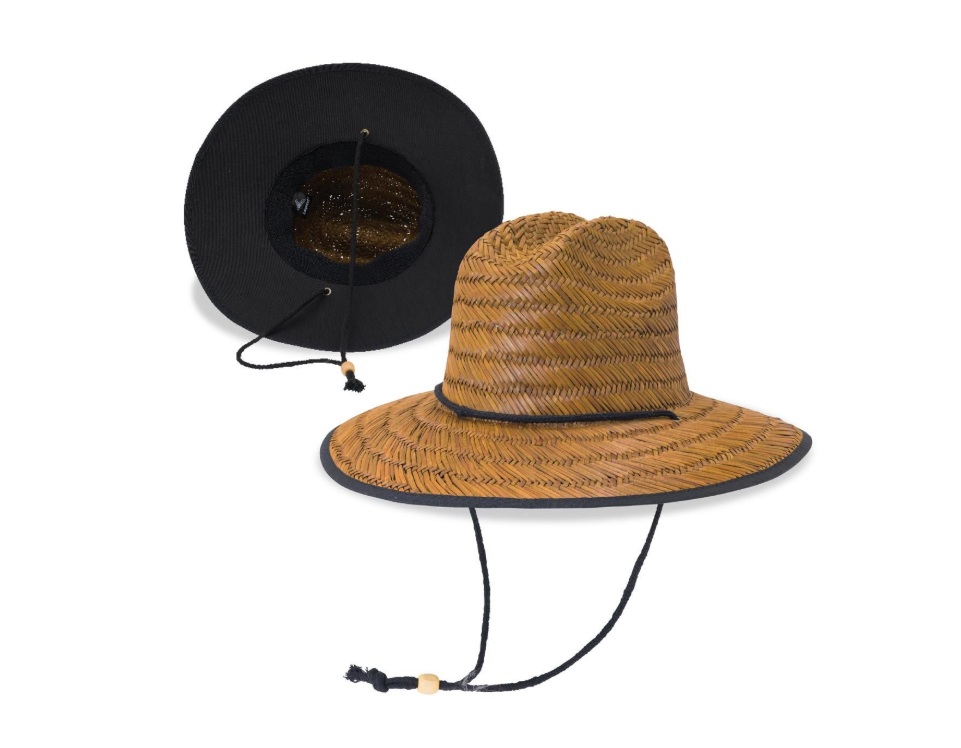 Straw Hats
Straw Hats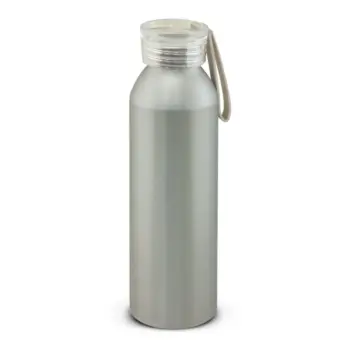
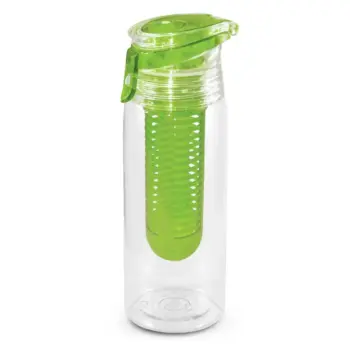
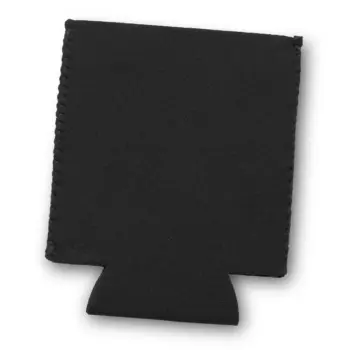
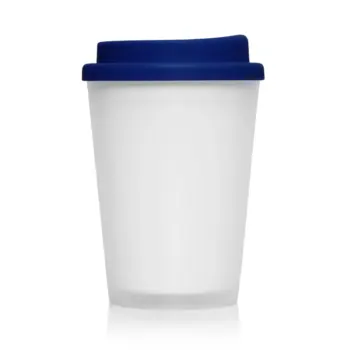
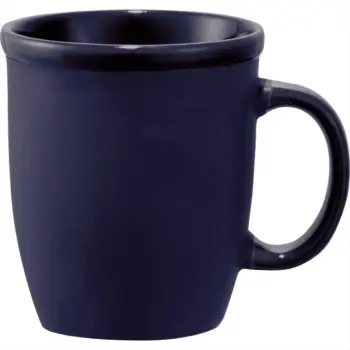
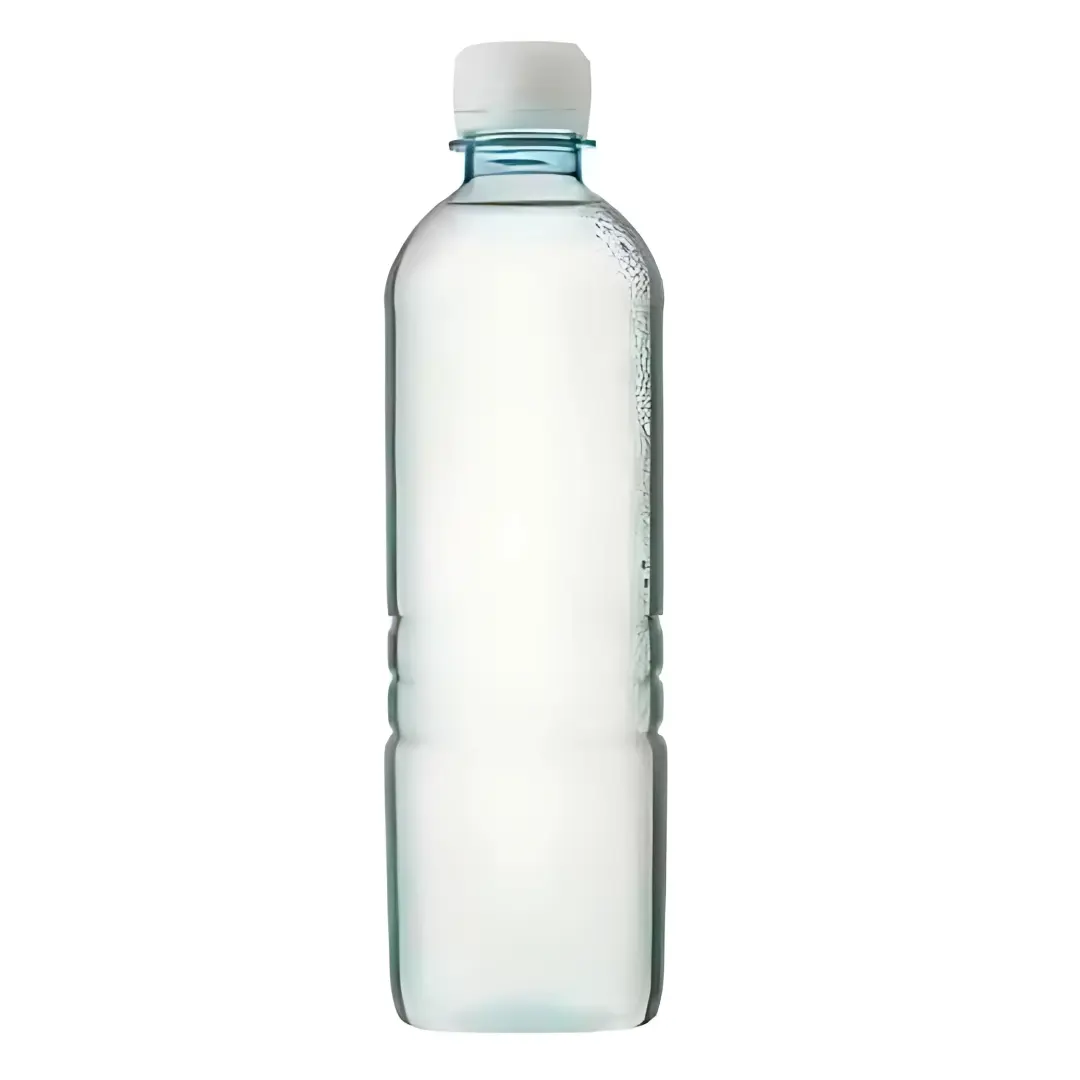 Bottled Water
Bottled Water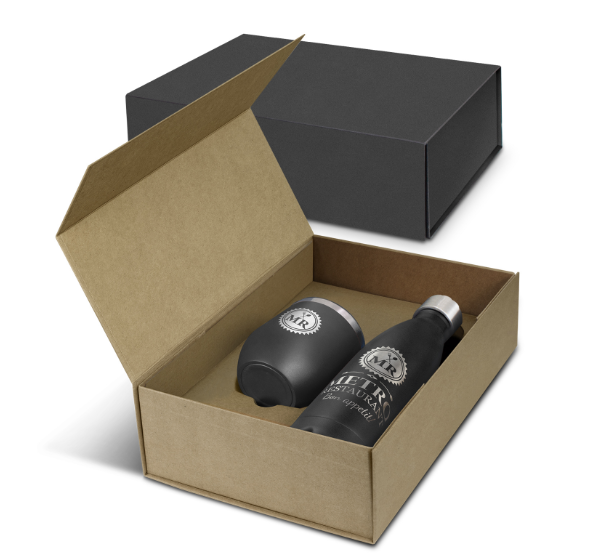 Drinkware Gift Sets
Drinkware Gift Sets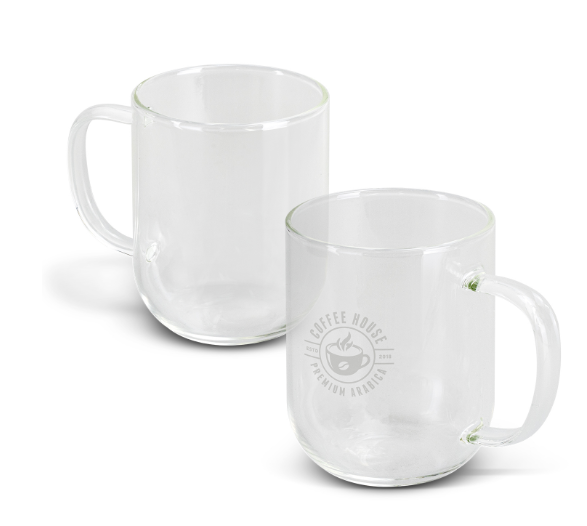 Glass & Poly Cups
Glass & Poly Cups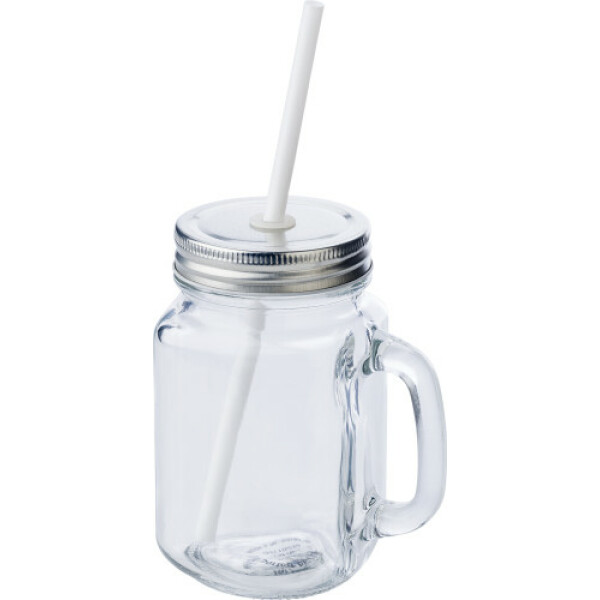 Mason Jars
Mason Jars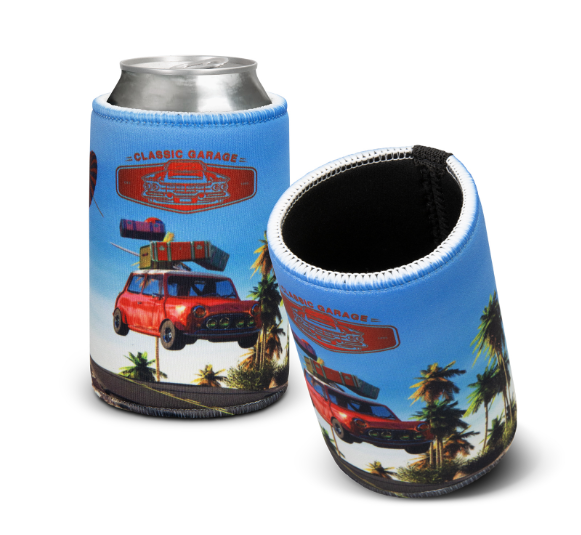 Stubby | Bar & Drinkware
Stubby | Bar & Drinkware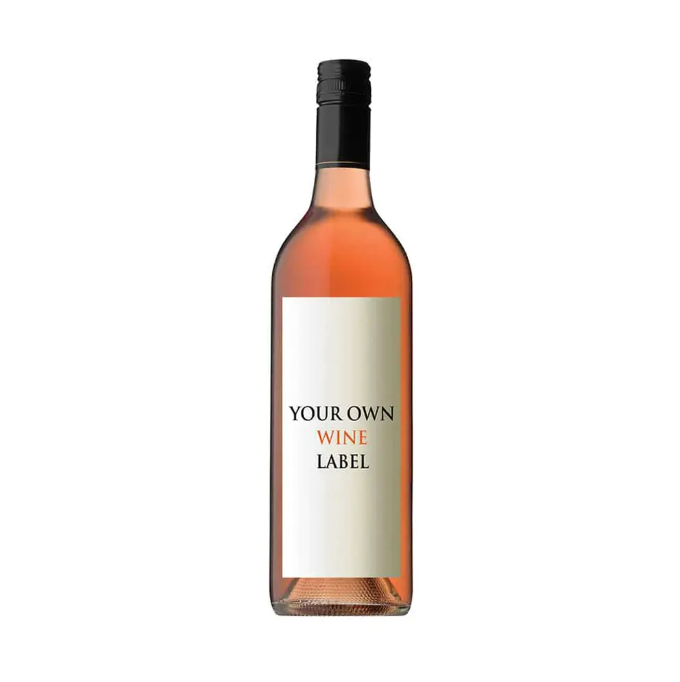 Wines
Wines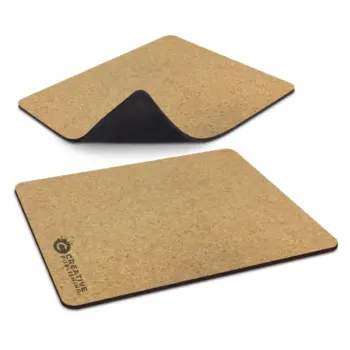


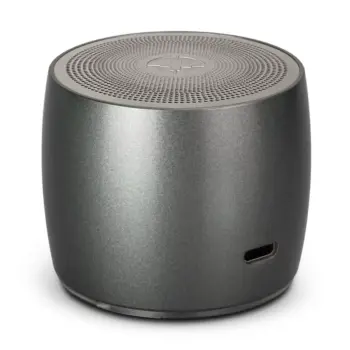
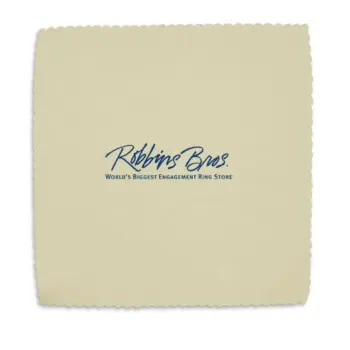
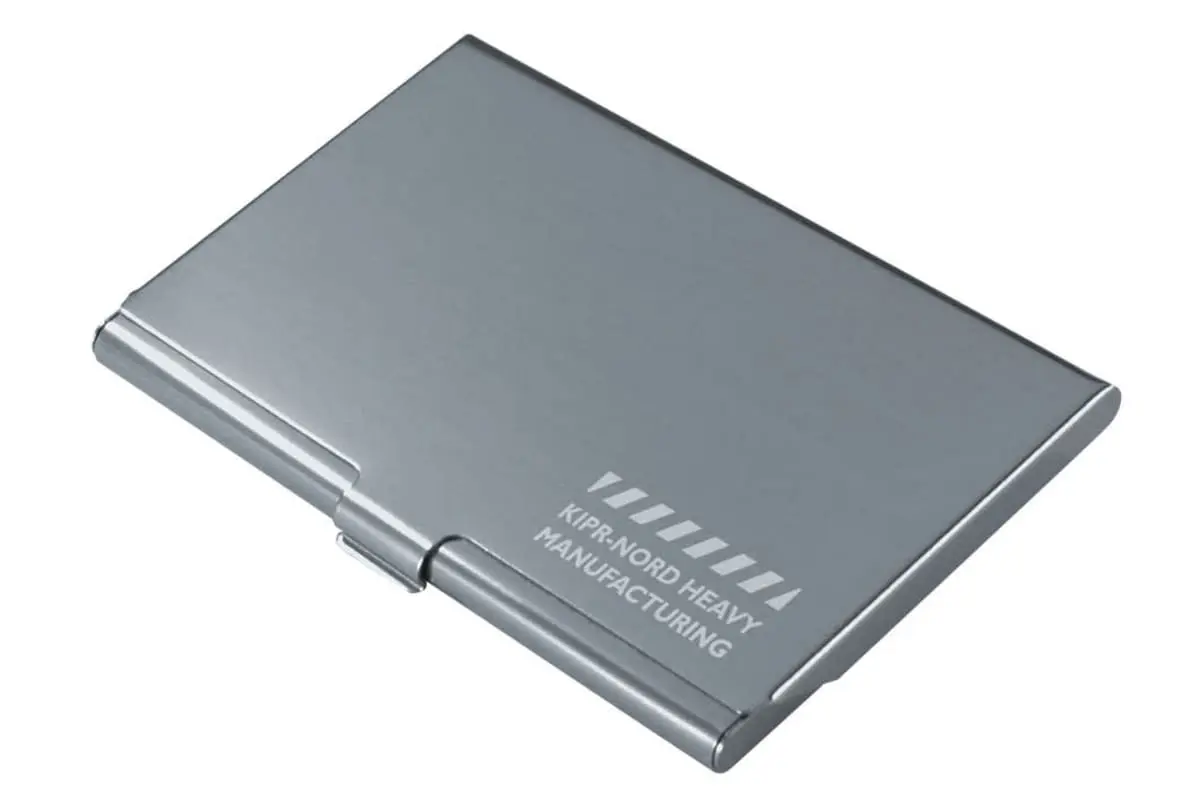 Business Card Holders
Business Card Holders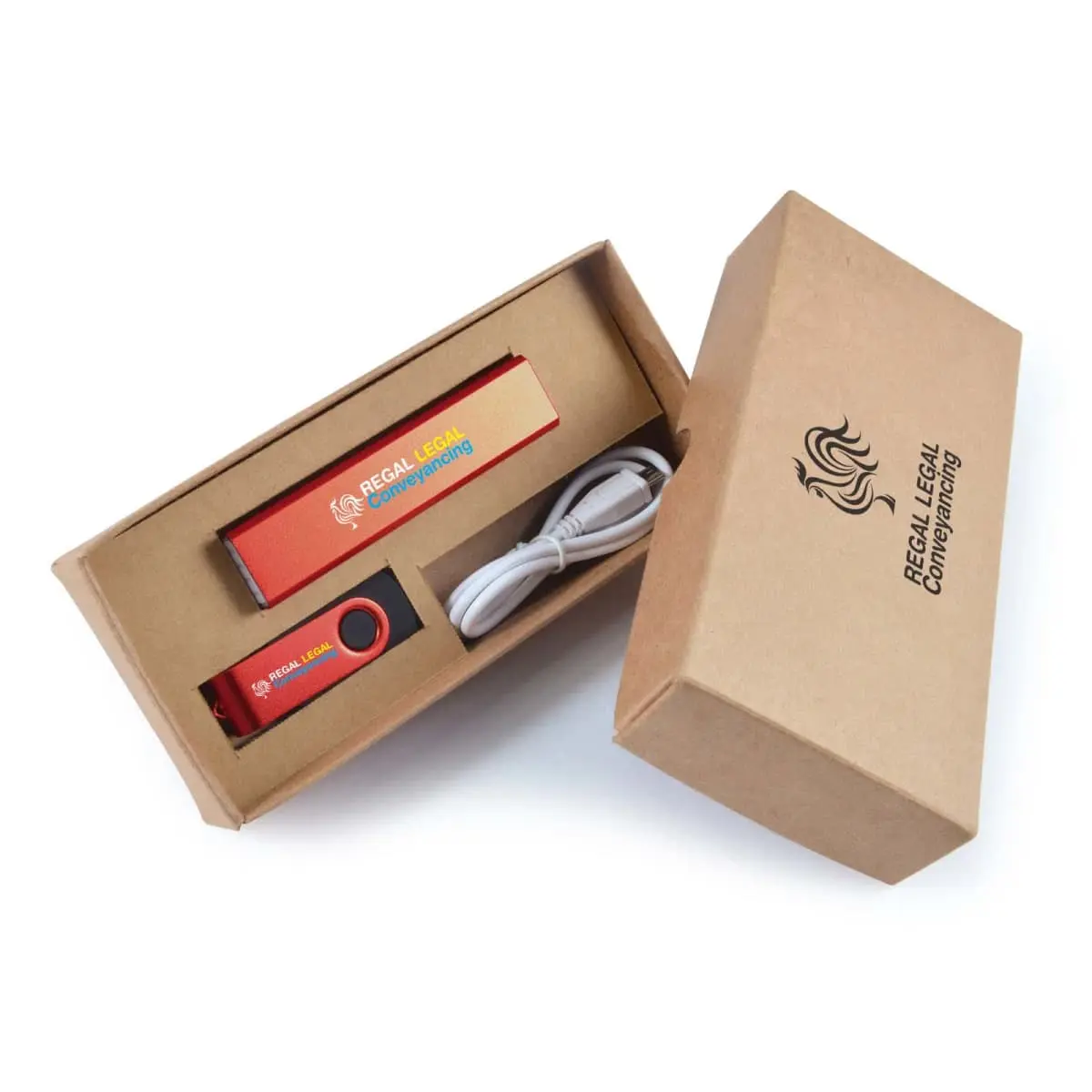 IT Gift Sets
IT Gift Sets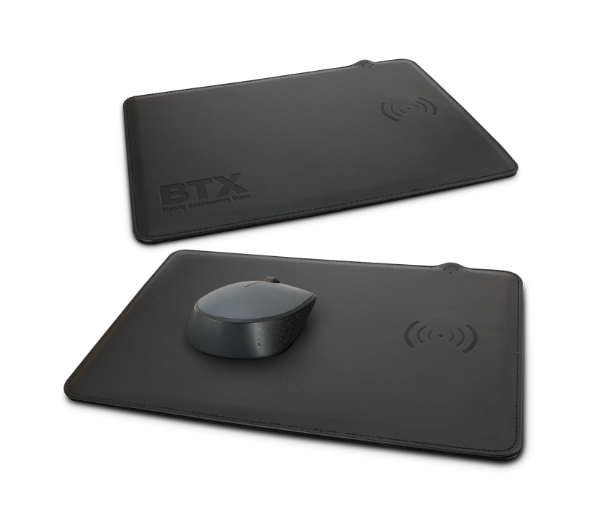 Tech Computers
Tech Computers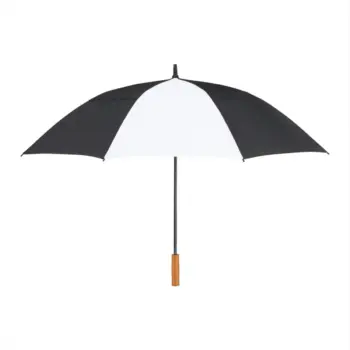
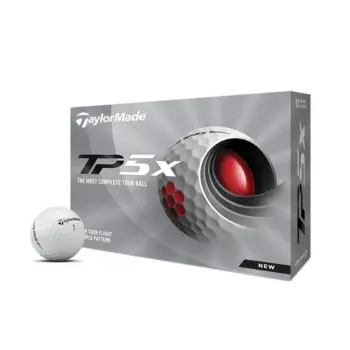


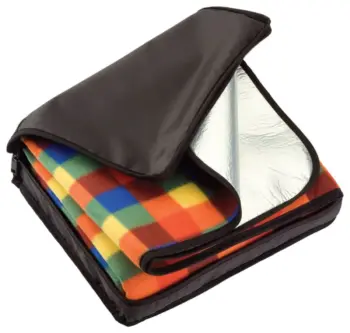
 Beach Towels
Beach Towels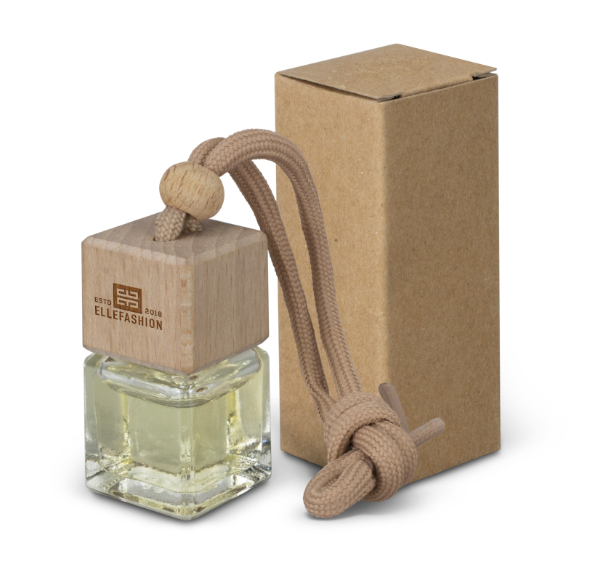 Car Accessories
Car Accessories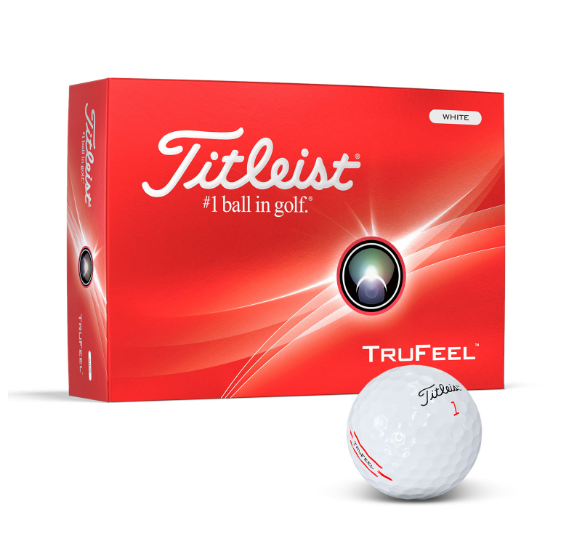 Golf
Golf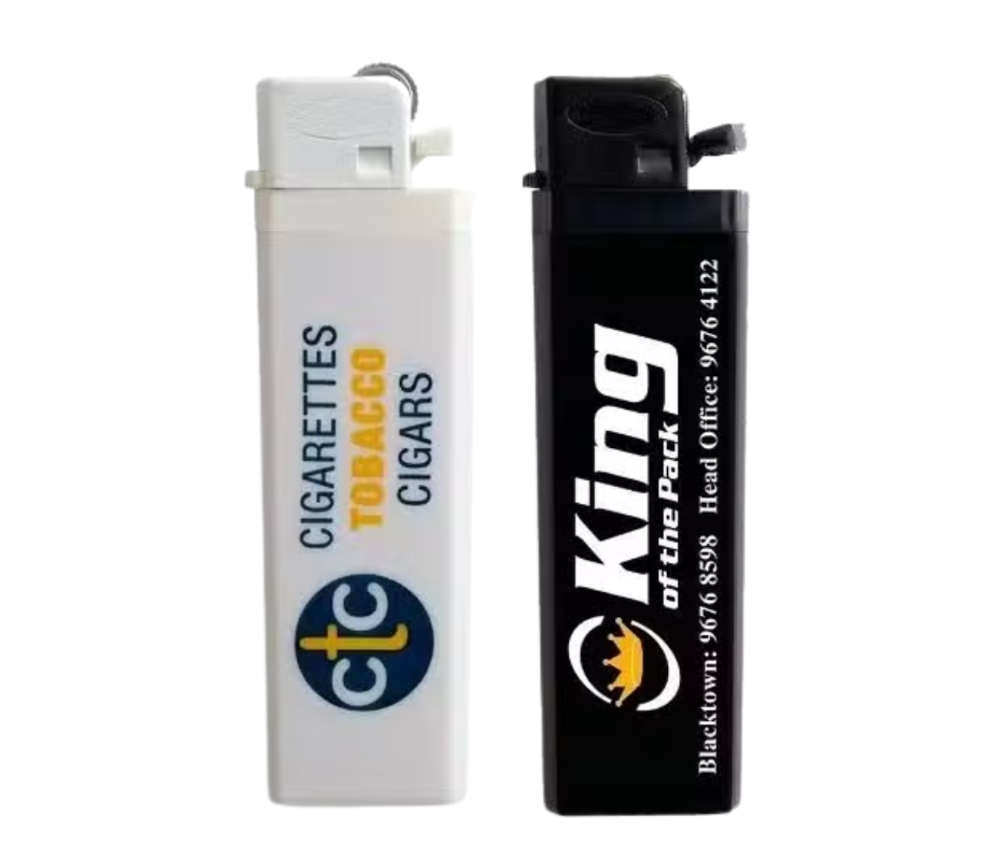 Lighters
Lighters Picnic Gear
Picnic Gear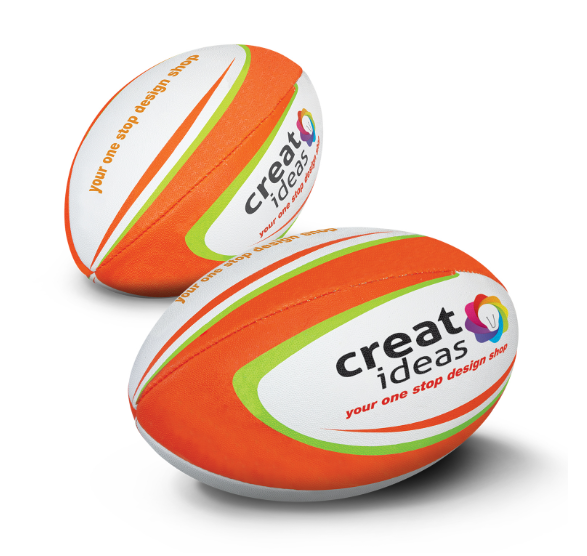 Sports Items
Sports Items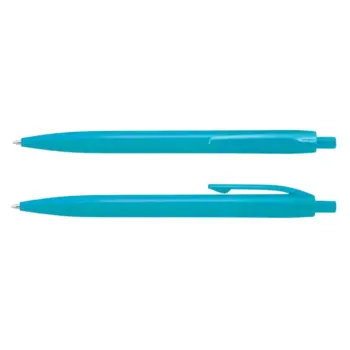
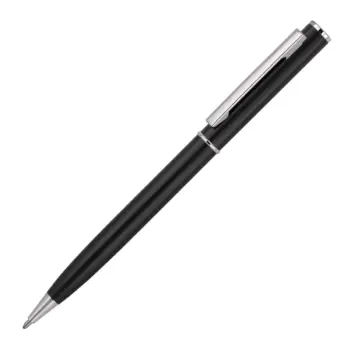
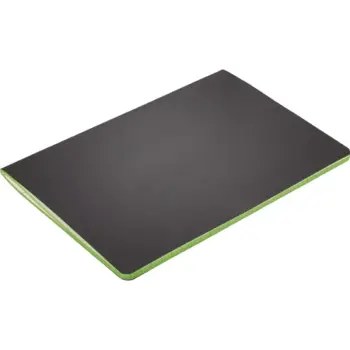
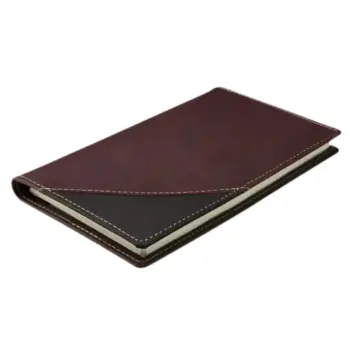
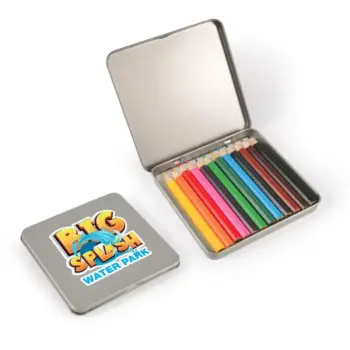
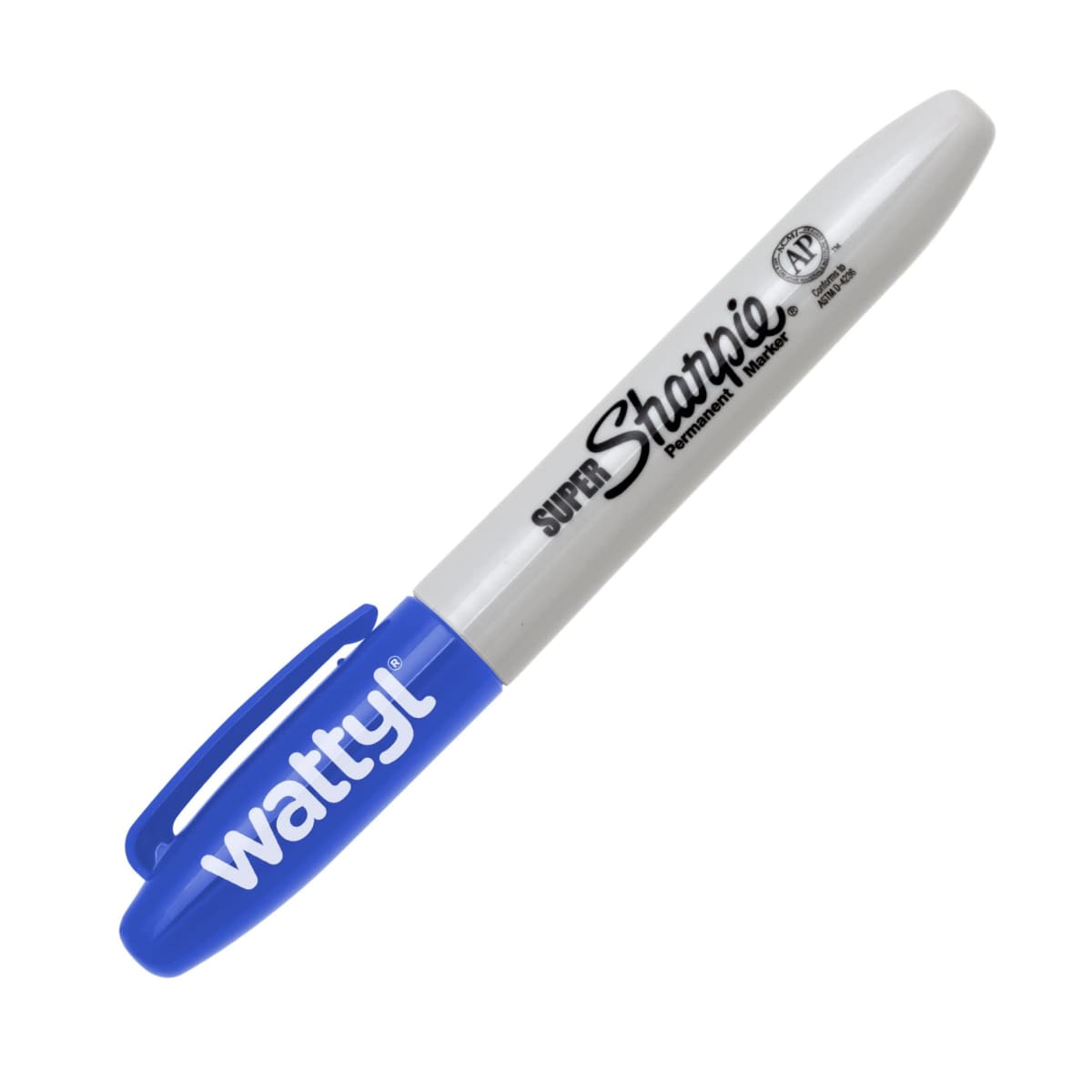 Markers
Markers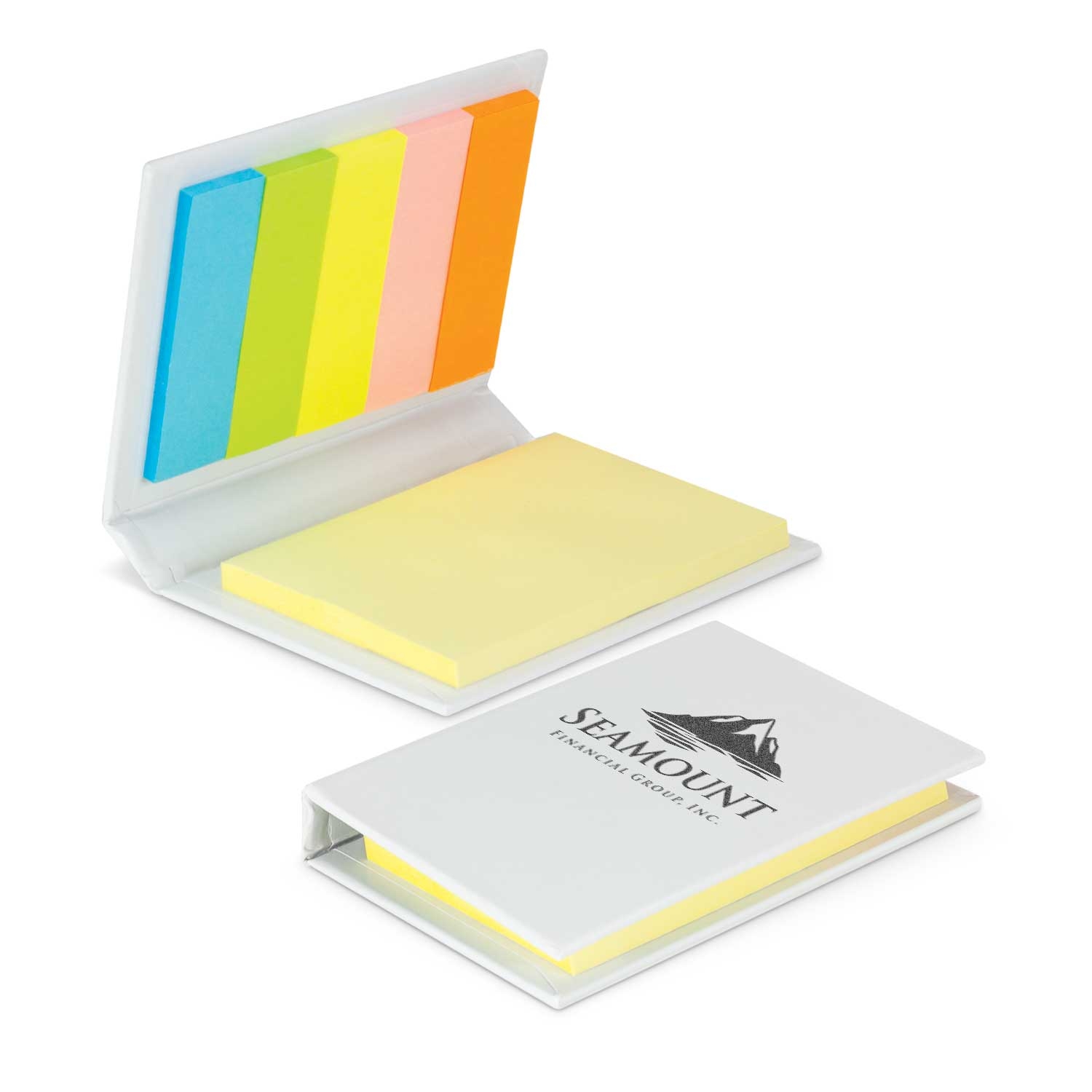 Post-It & Sticky Notes
Post-It & Sticky Notes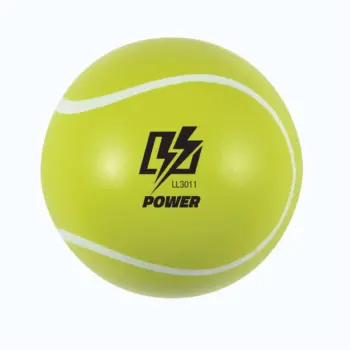
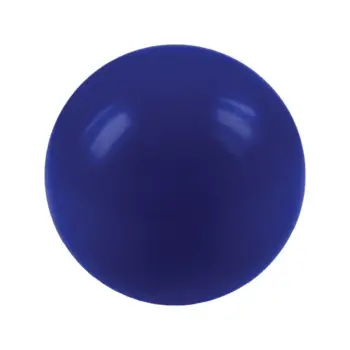

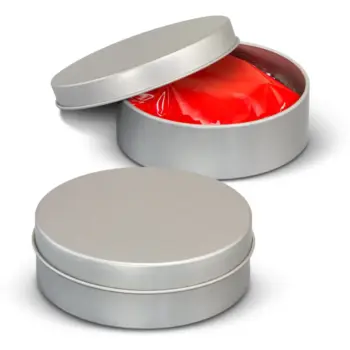
 Card Decks
Card Decks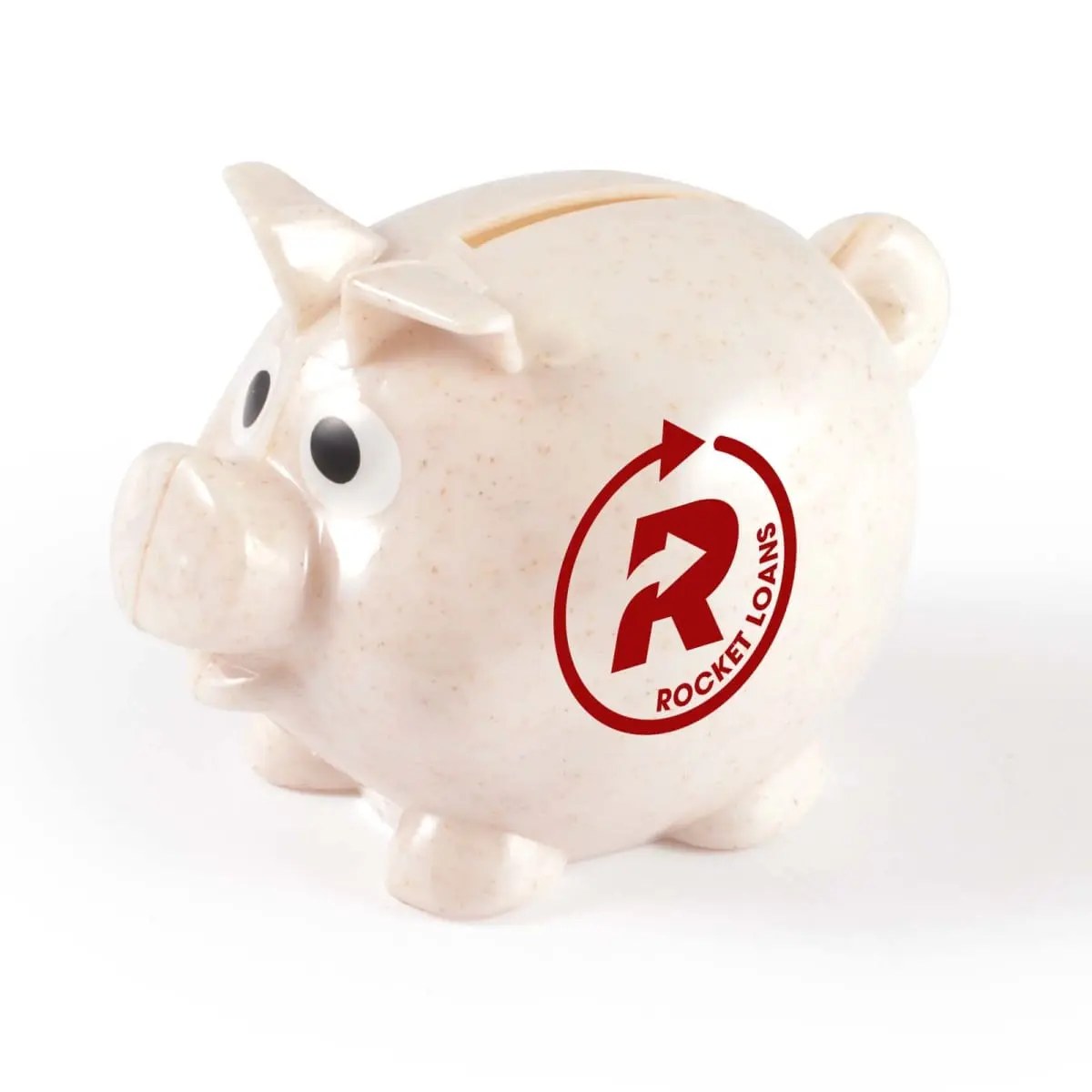 Coin Banks
Coin Banks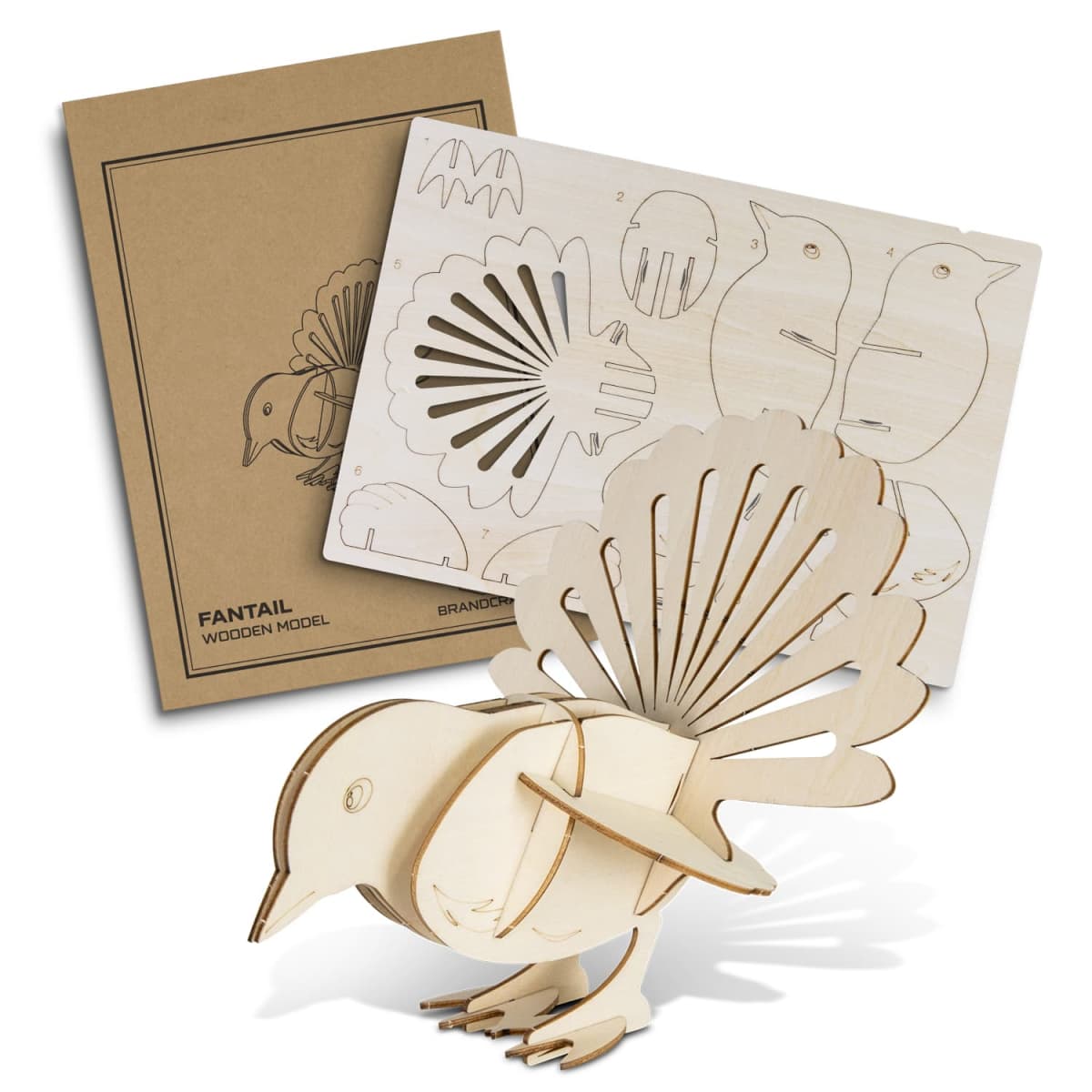 Conference Toys
Conference Toys Event Toys
Event Toys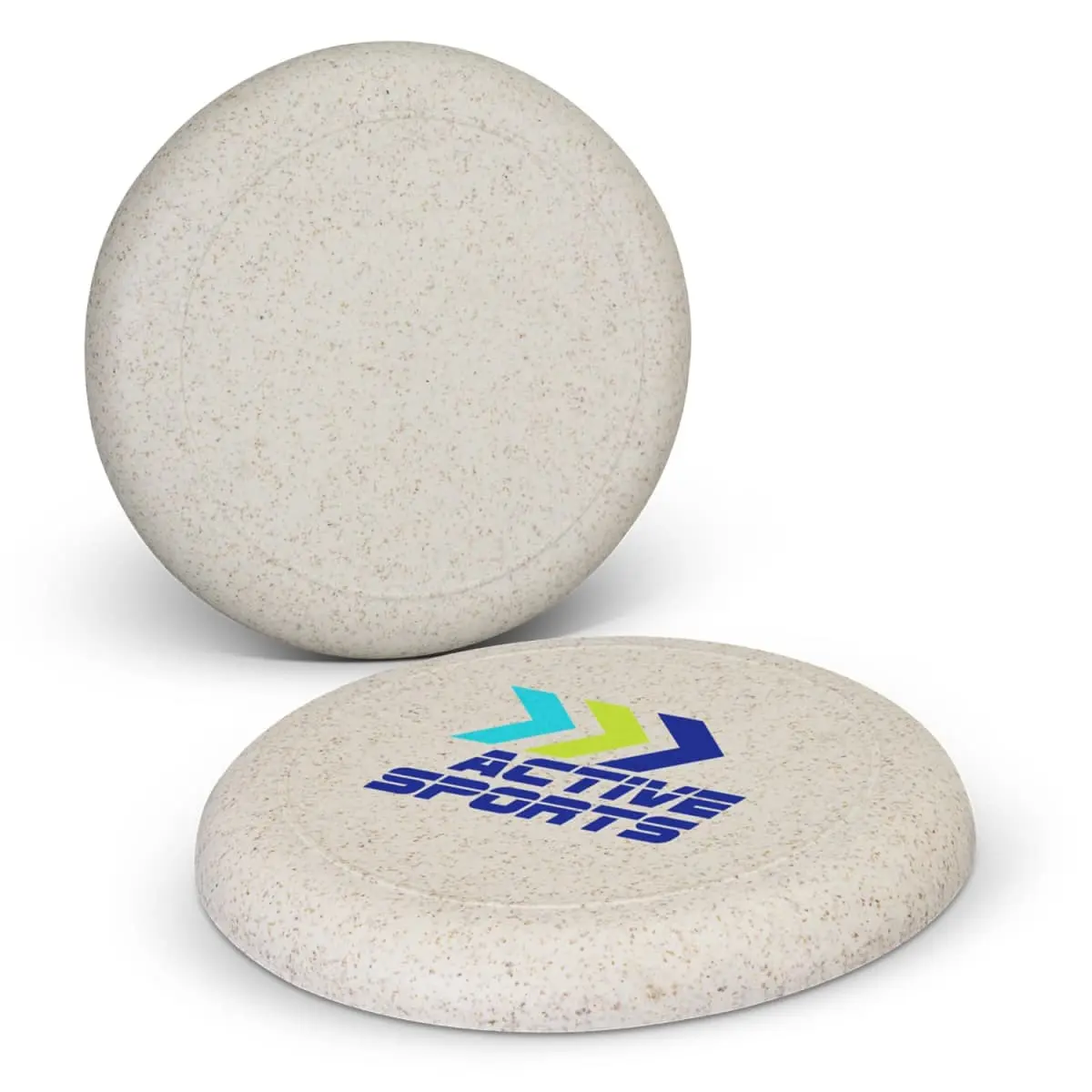 Frisbees
Frisbees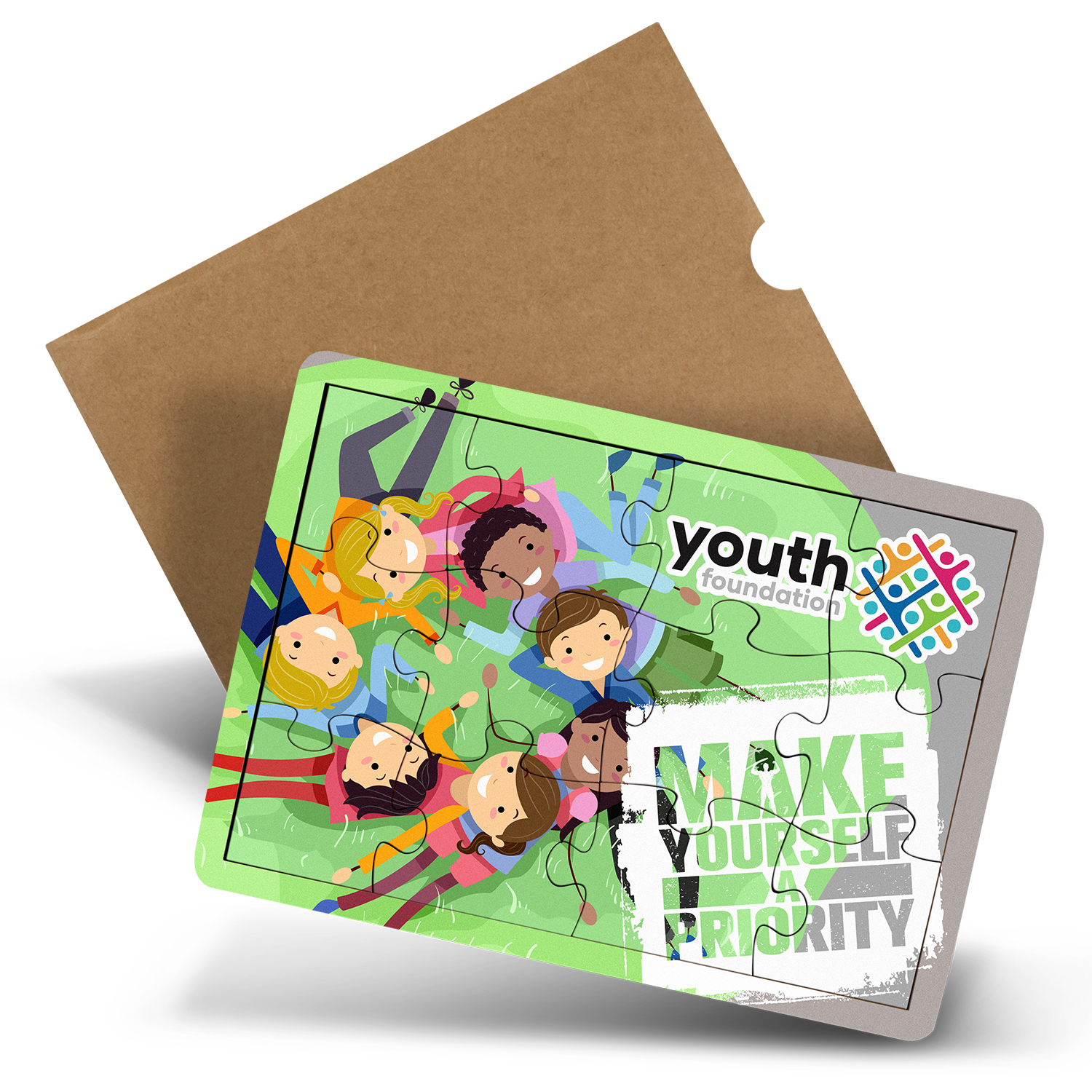 Games & Puzzles
Games & Puzzles Kids
Kids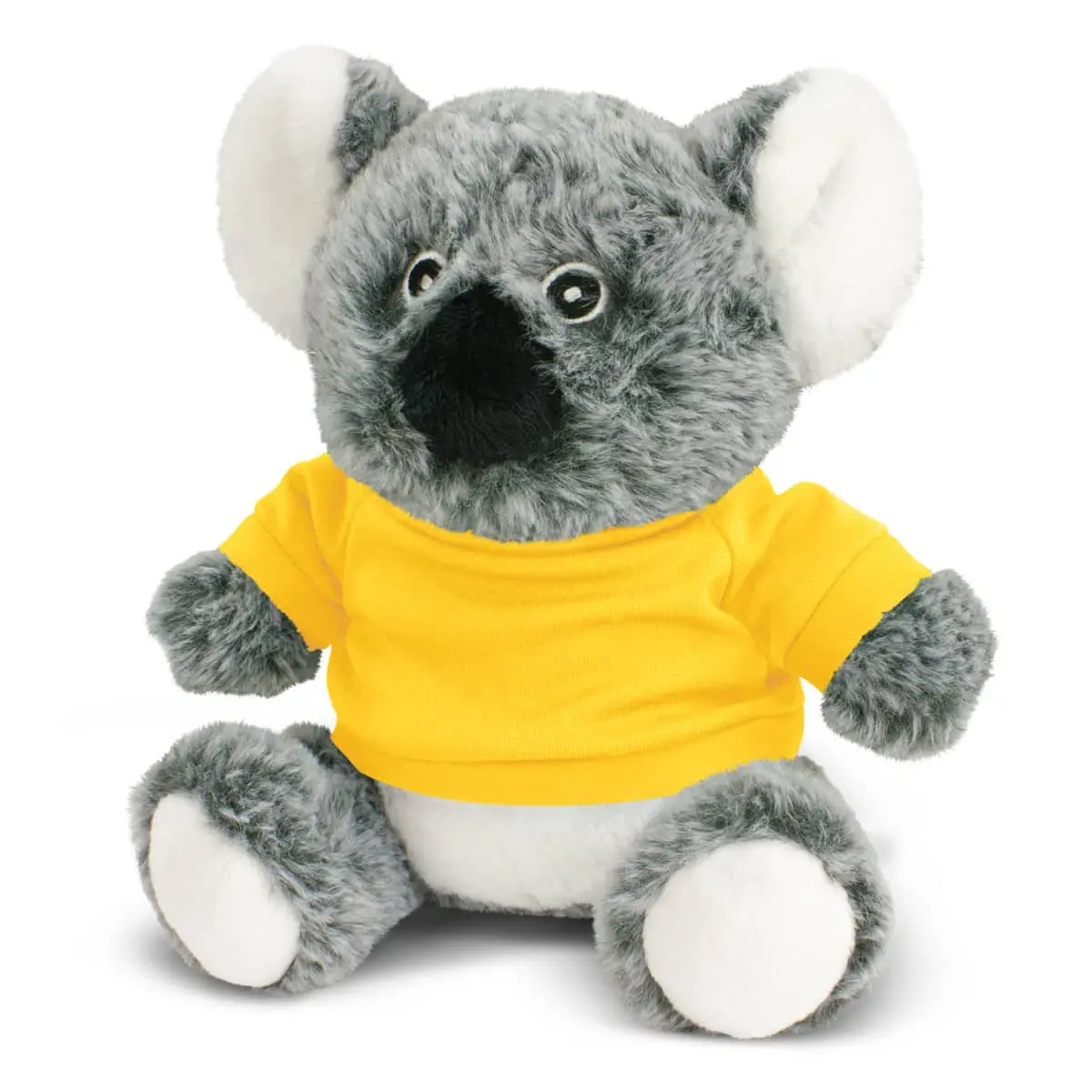 Plush Toys
Plush Toys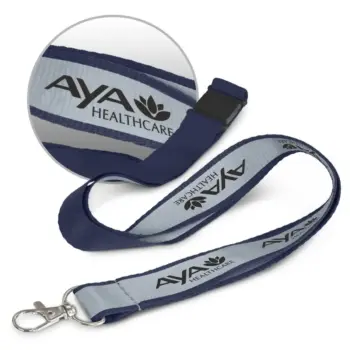
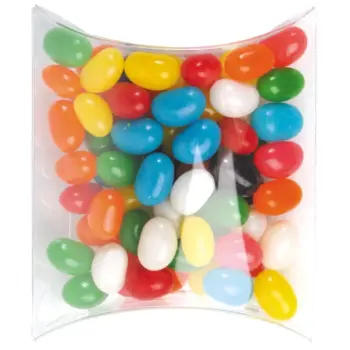
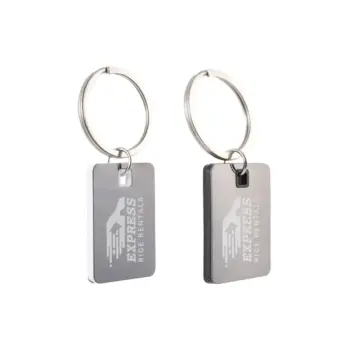


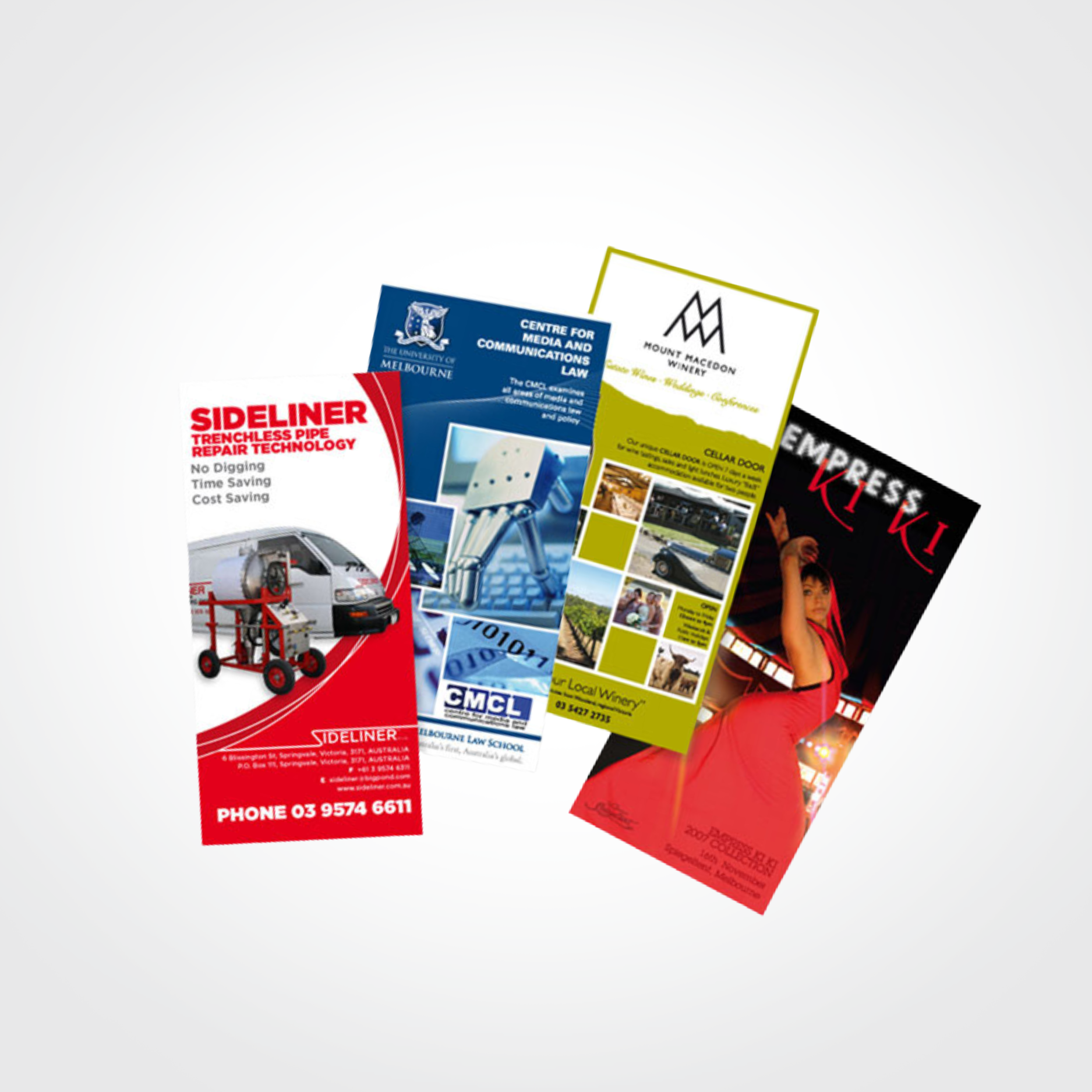 Print | Signage
Print | Signage
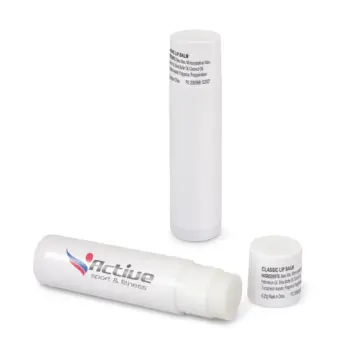
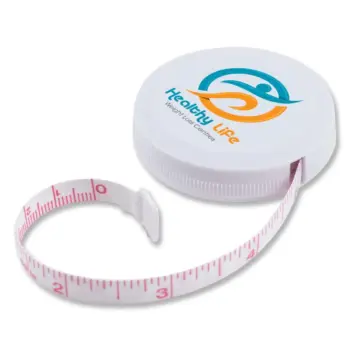
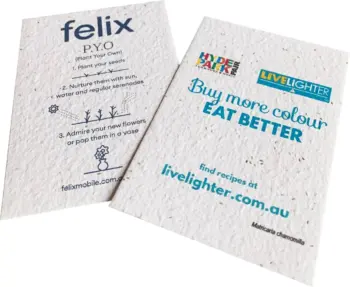
 Antibacterial
Antibacterial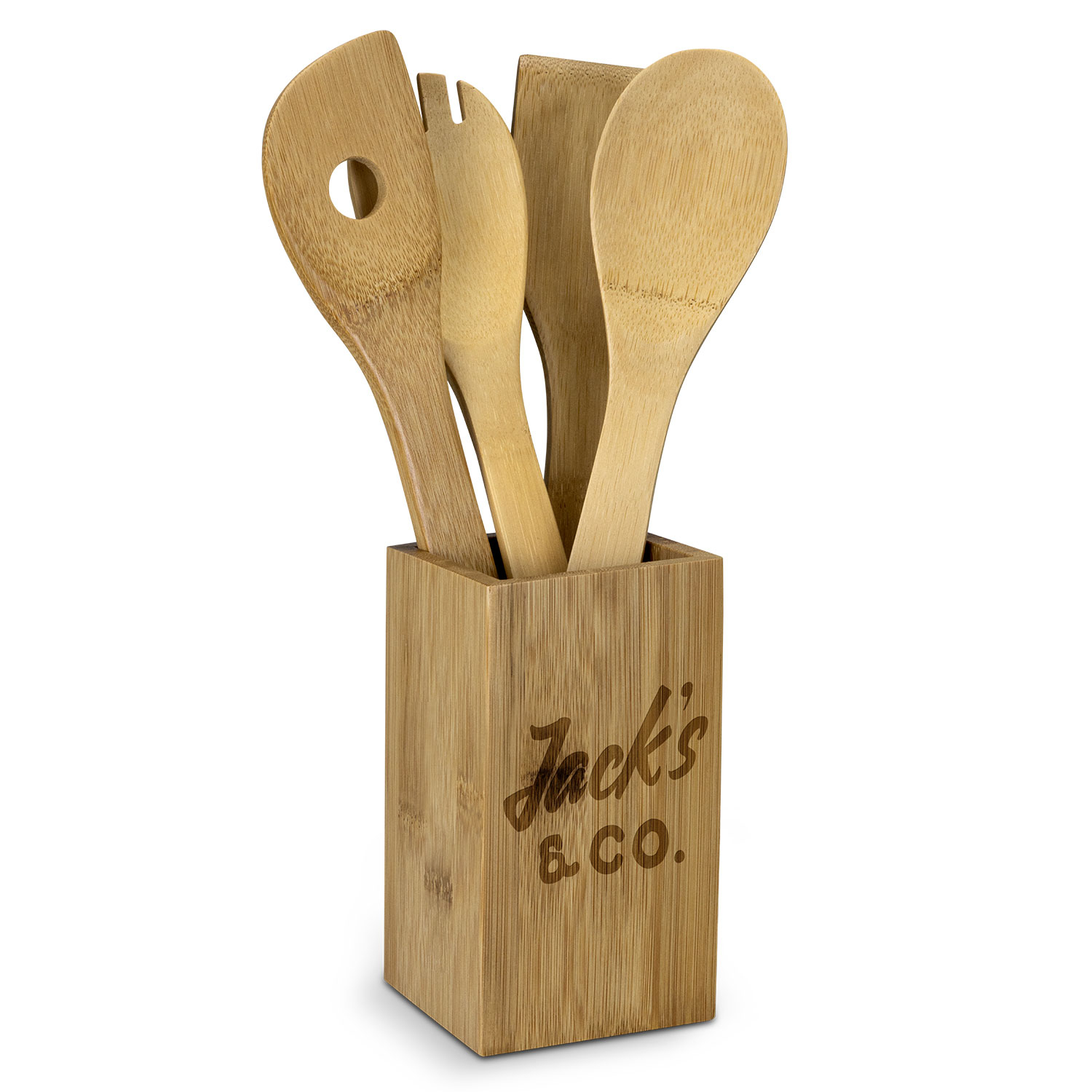 Eco Products
Eco Products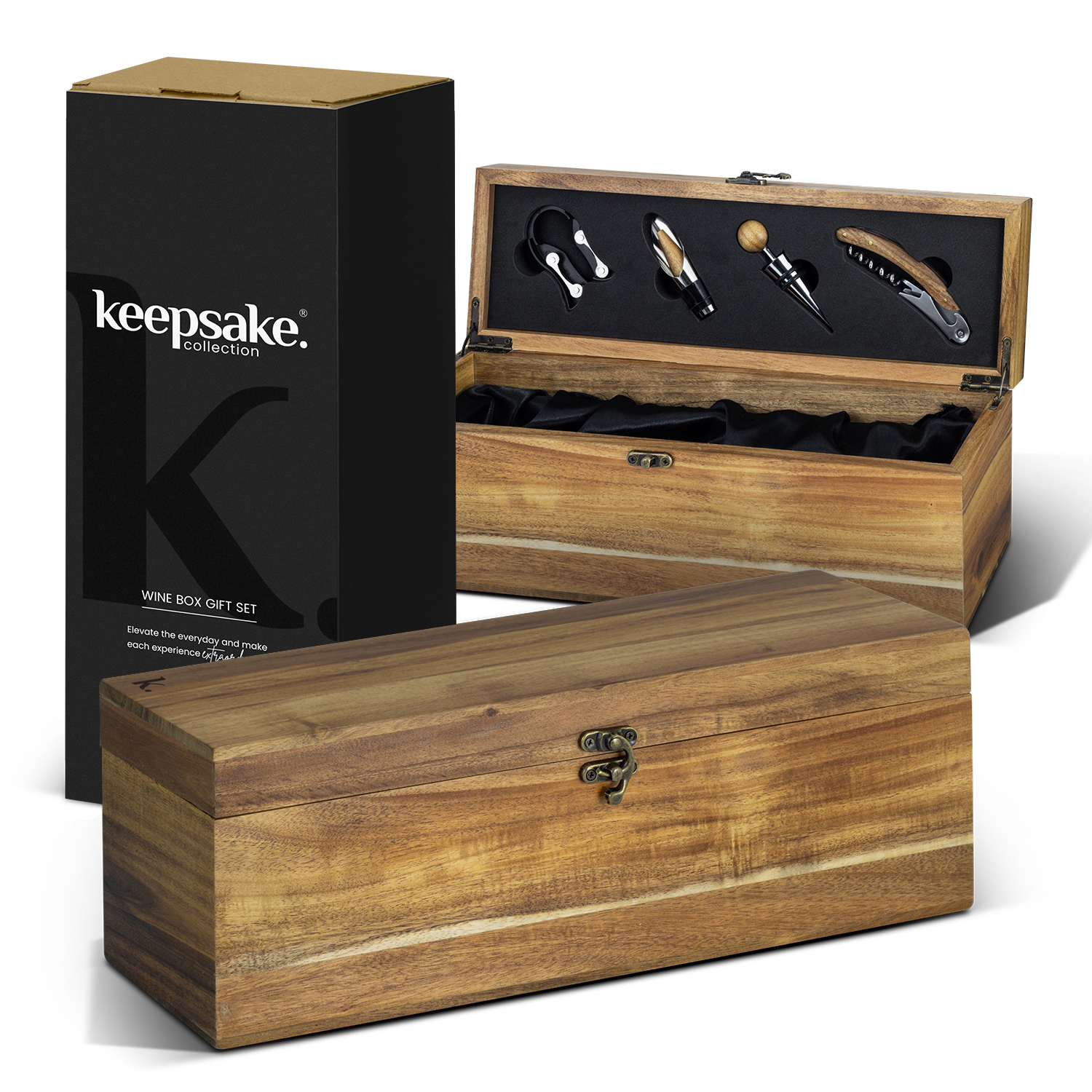 Gift Box Sets
Gift Box Sets Homeware
Homeware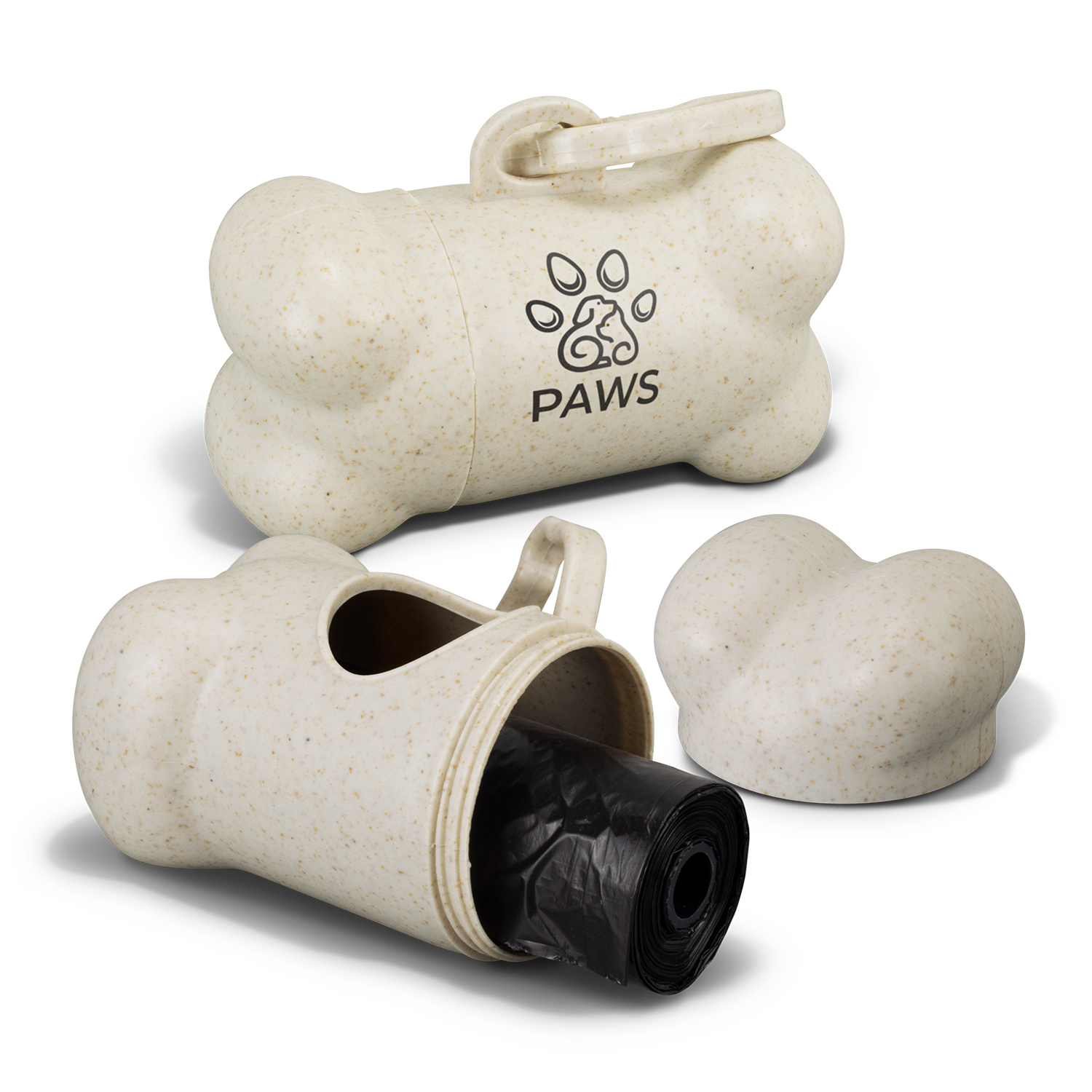 Pet Products
Pet Products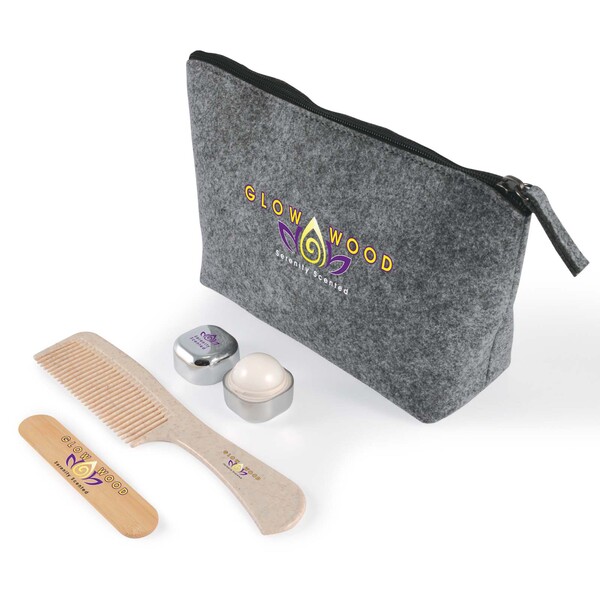 Personal Care
Personal Care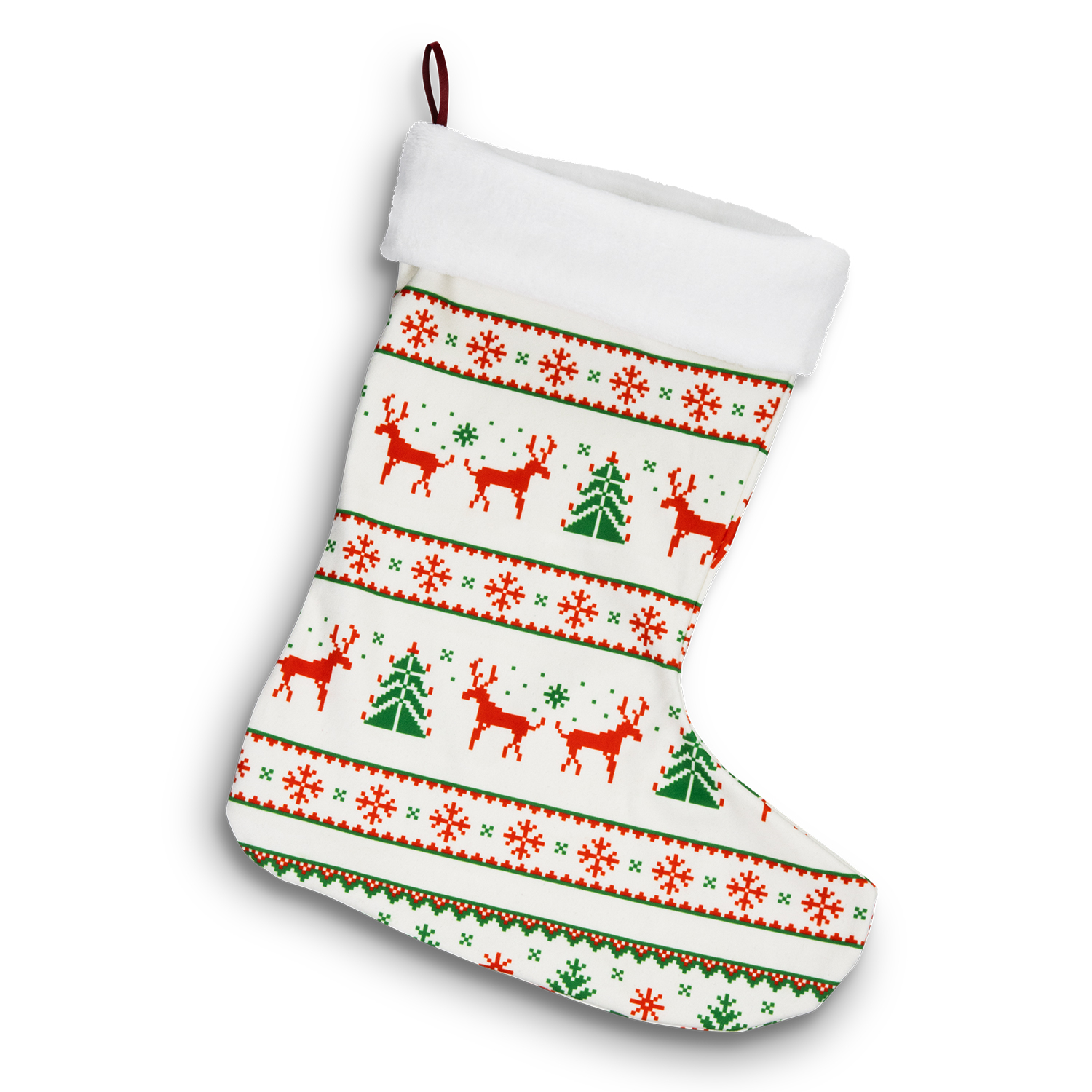 Occasion Ideas
Occasion Ideas